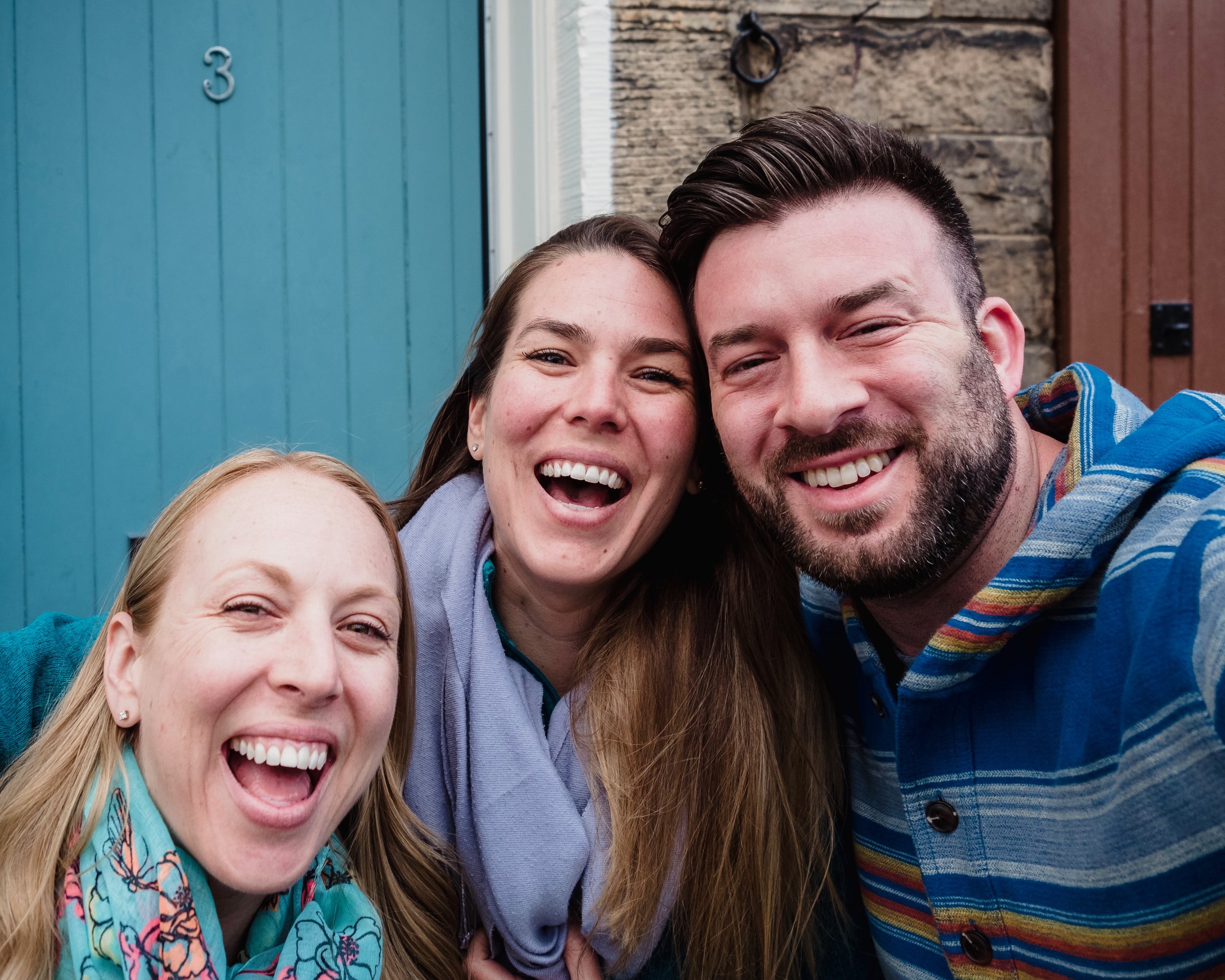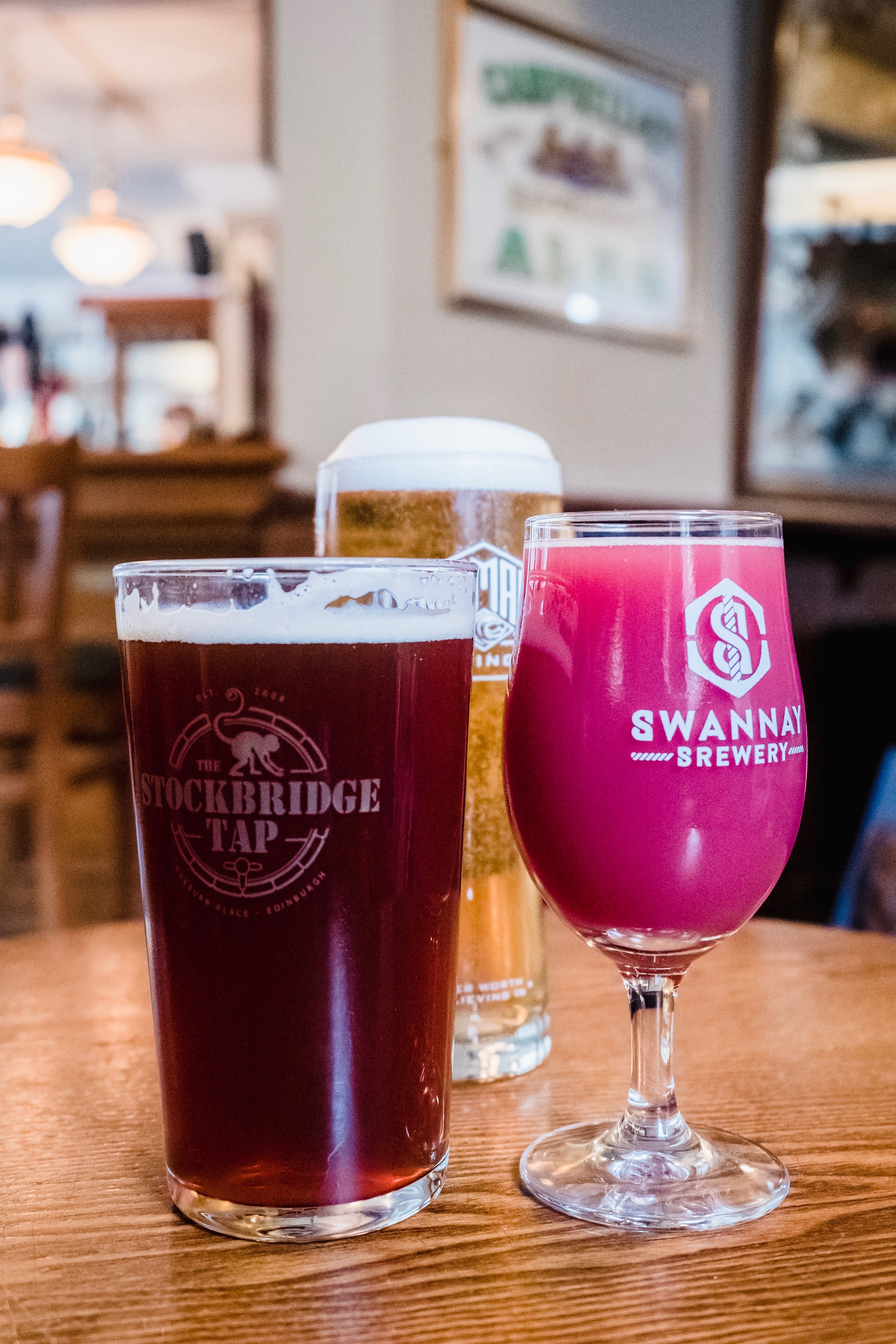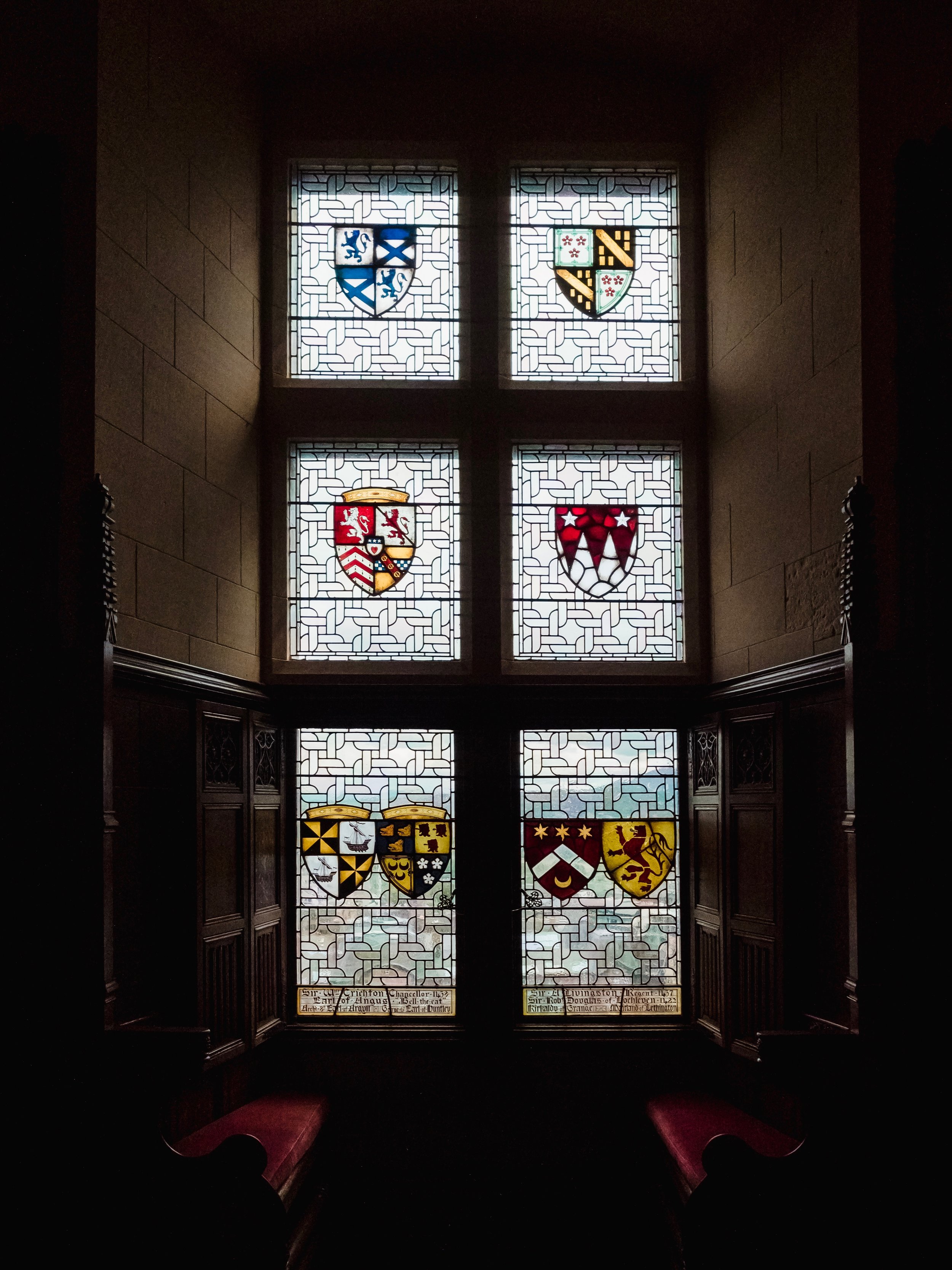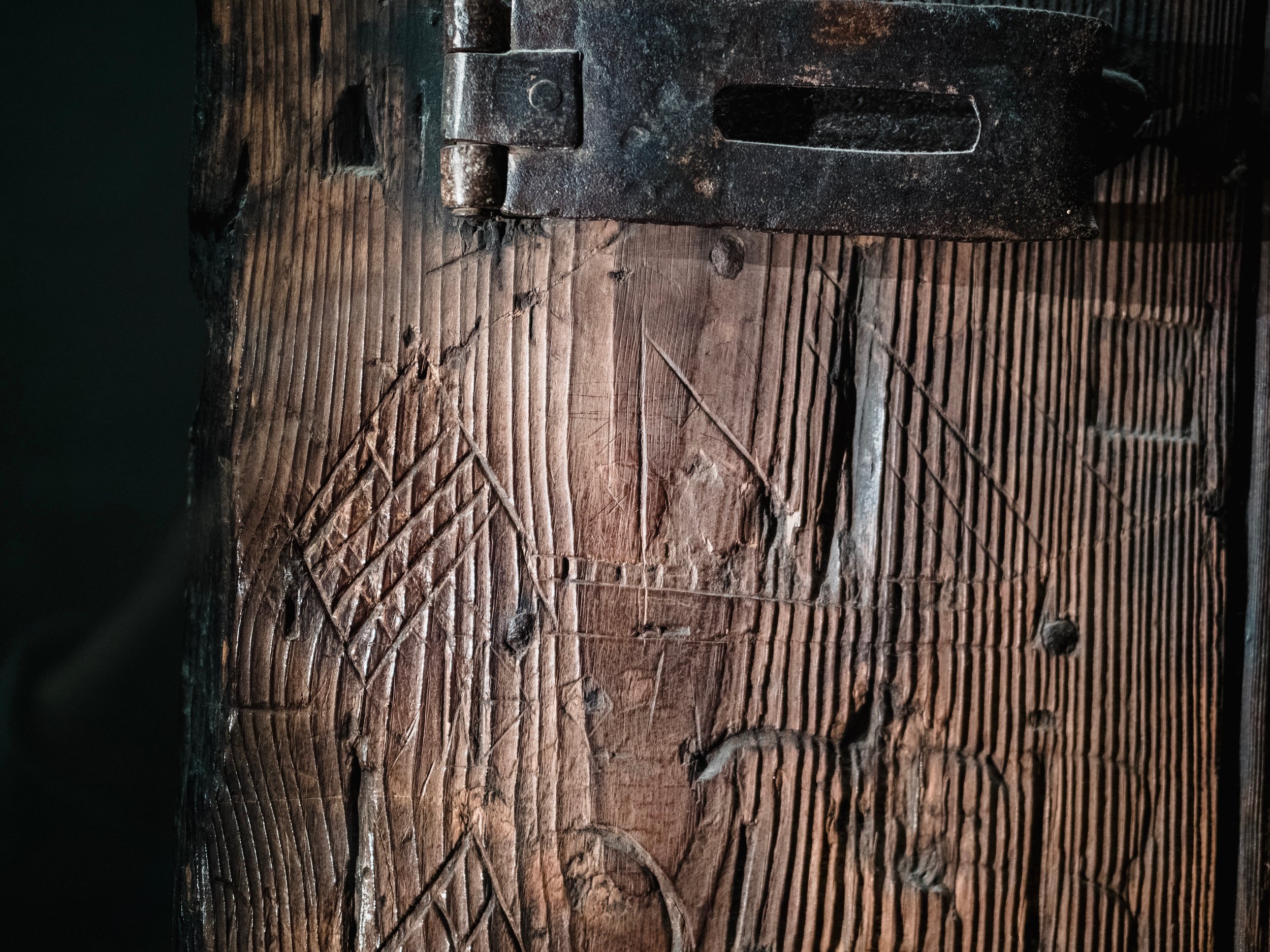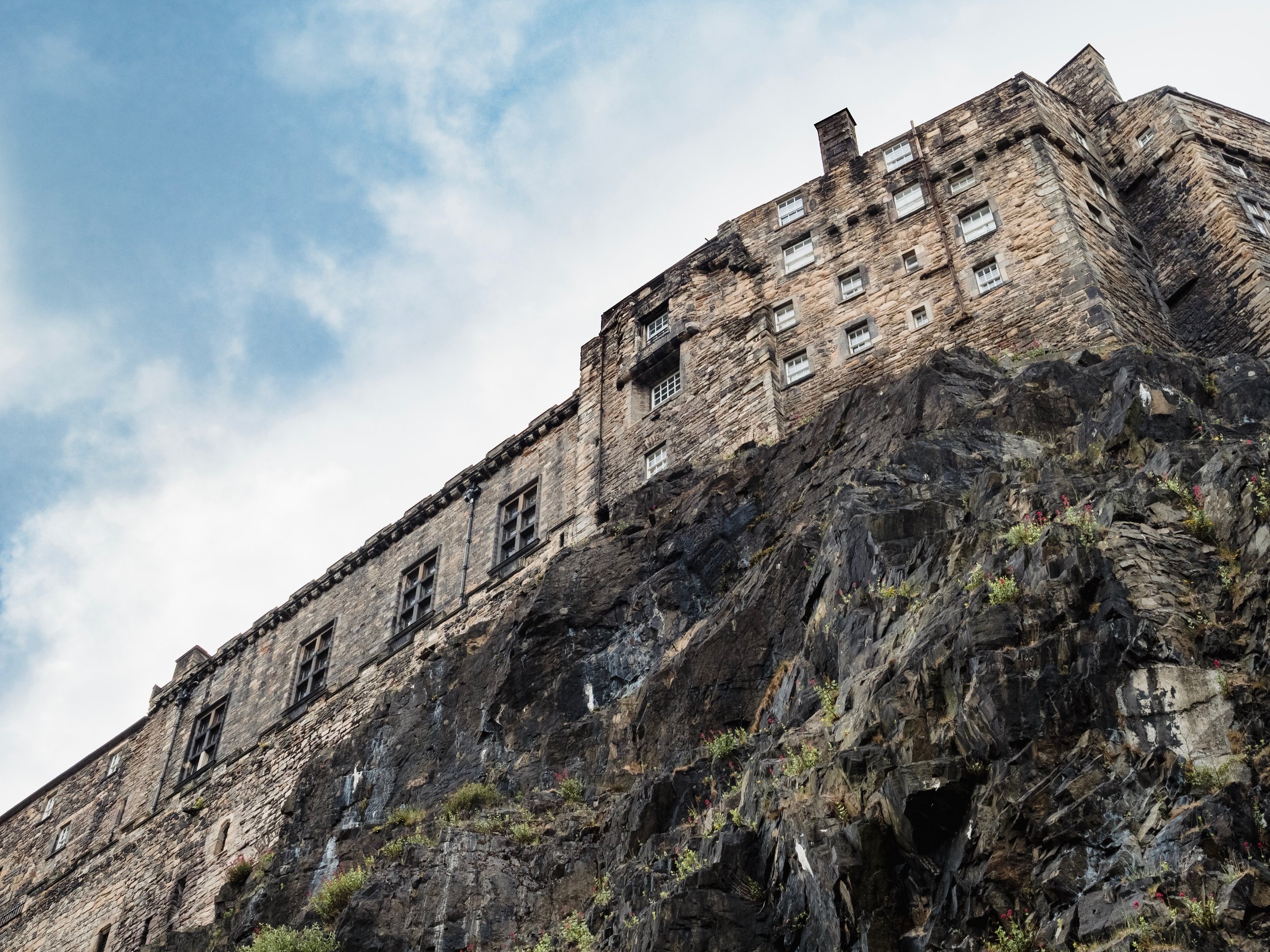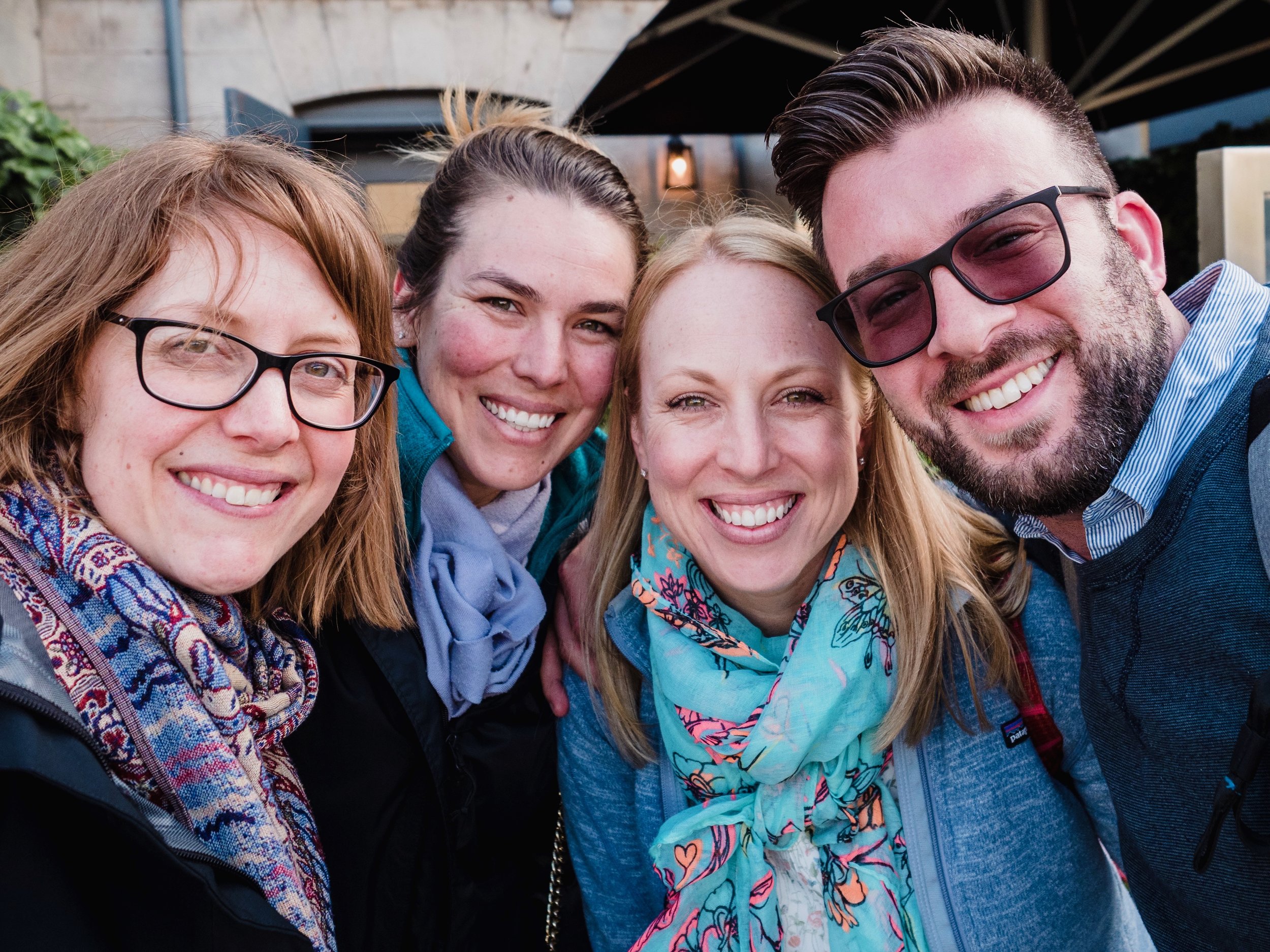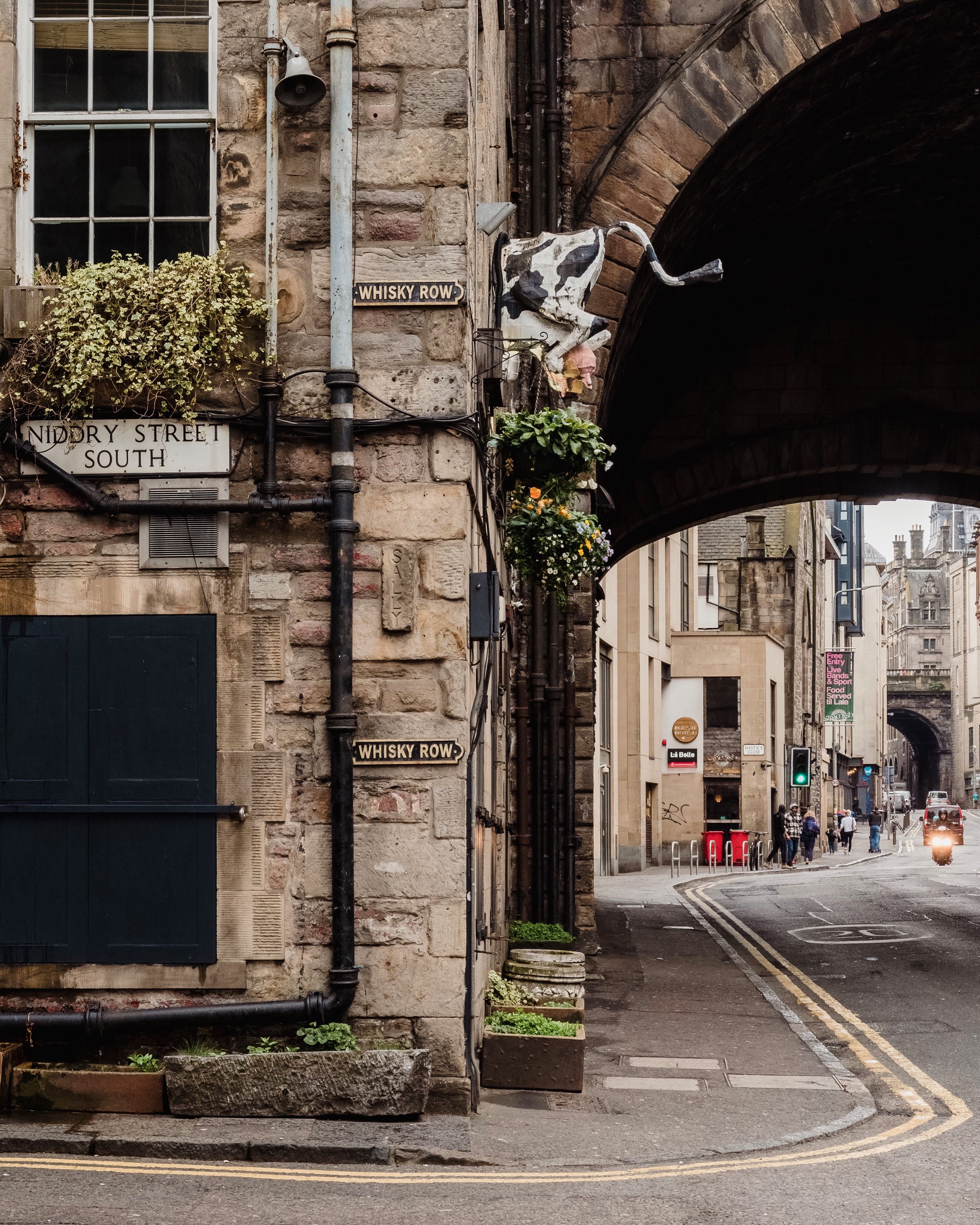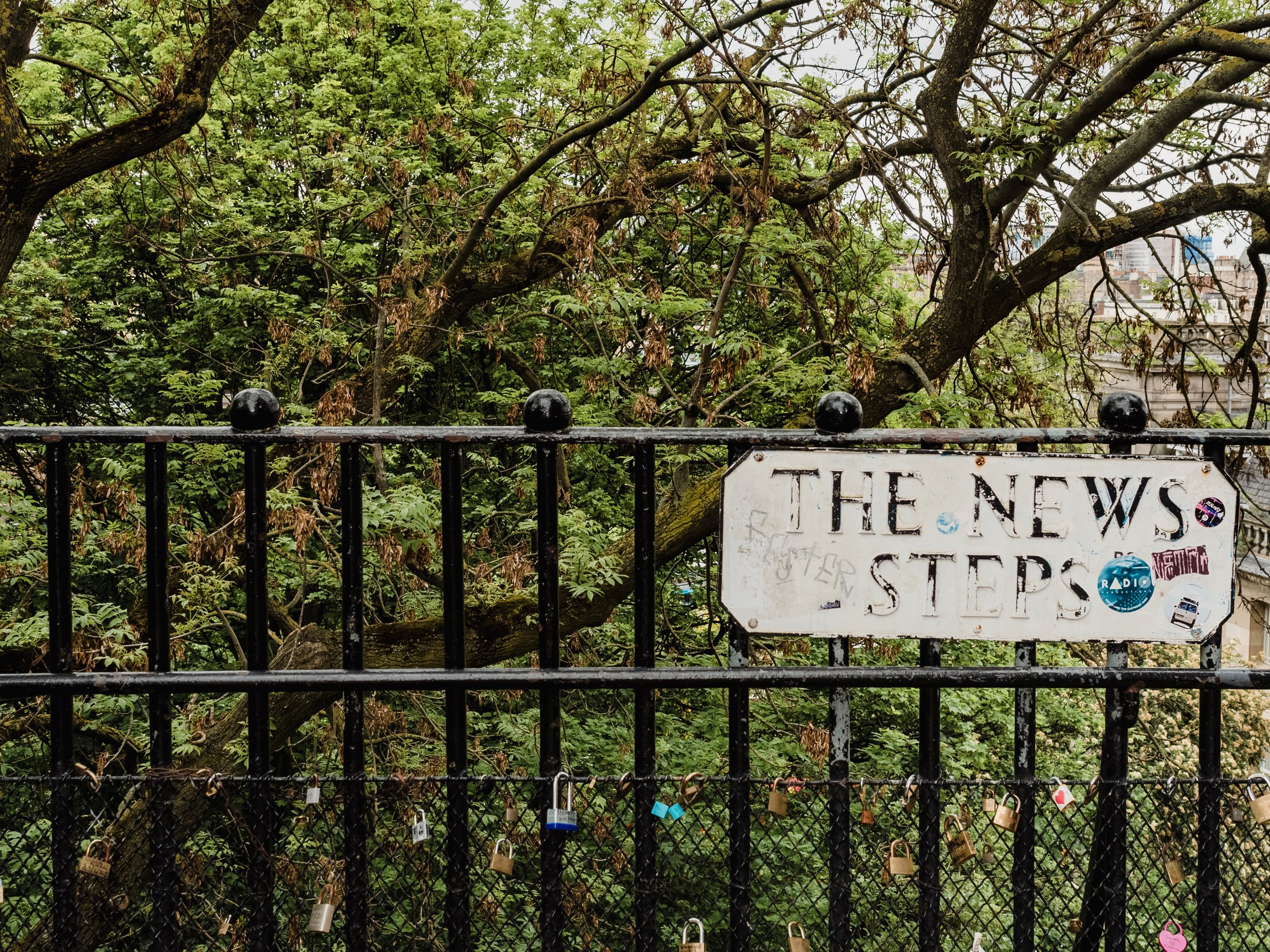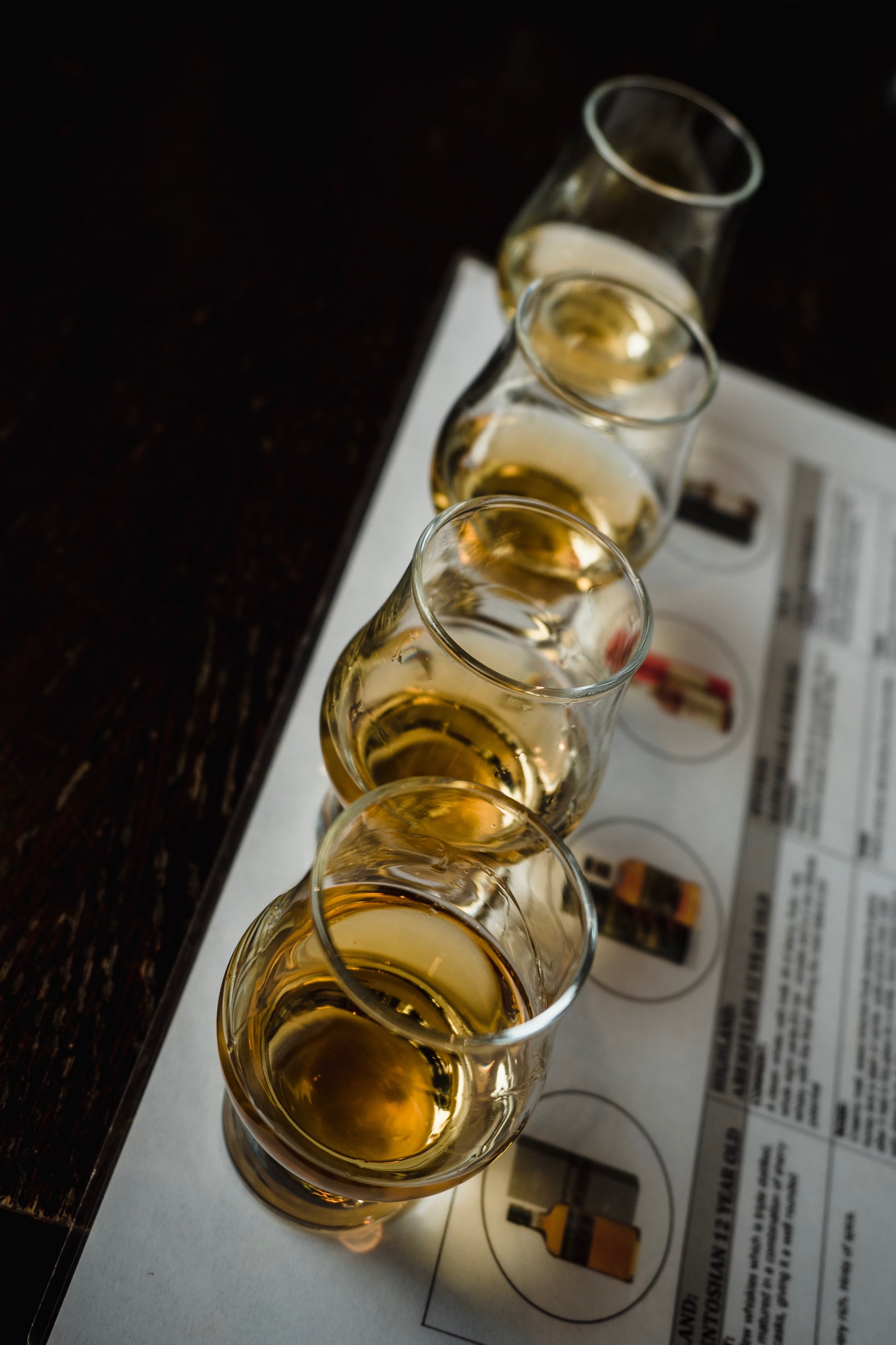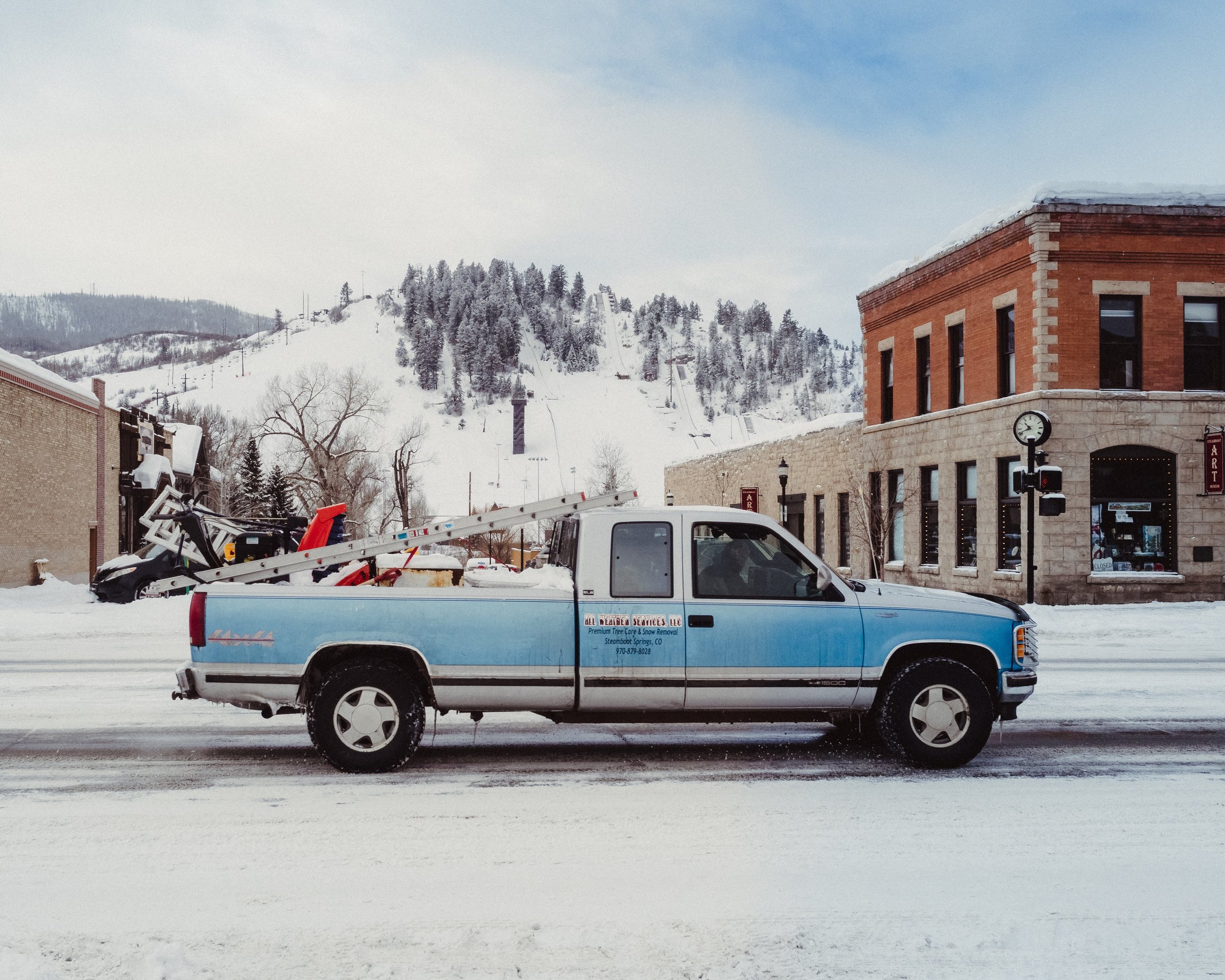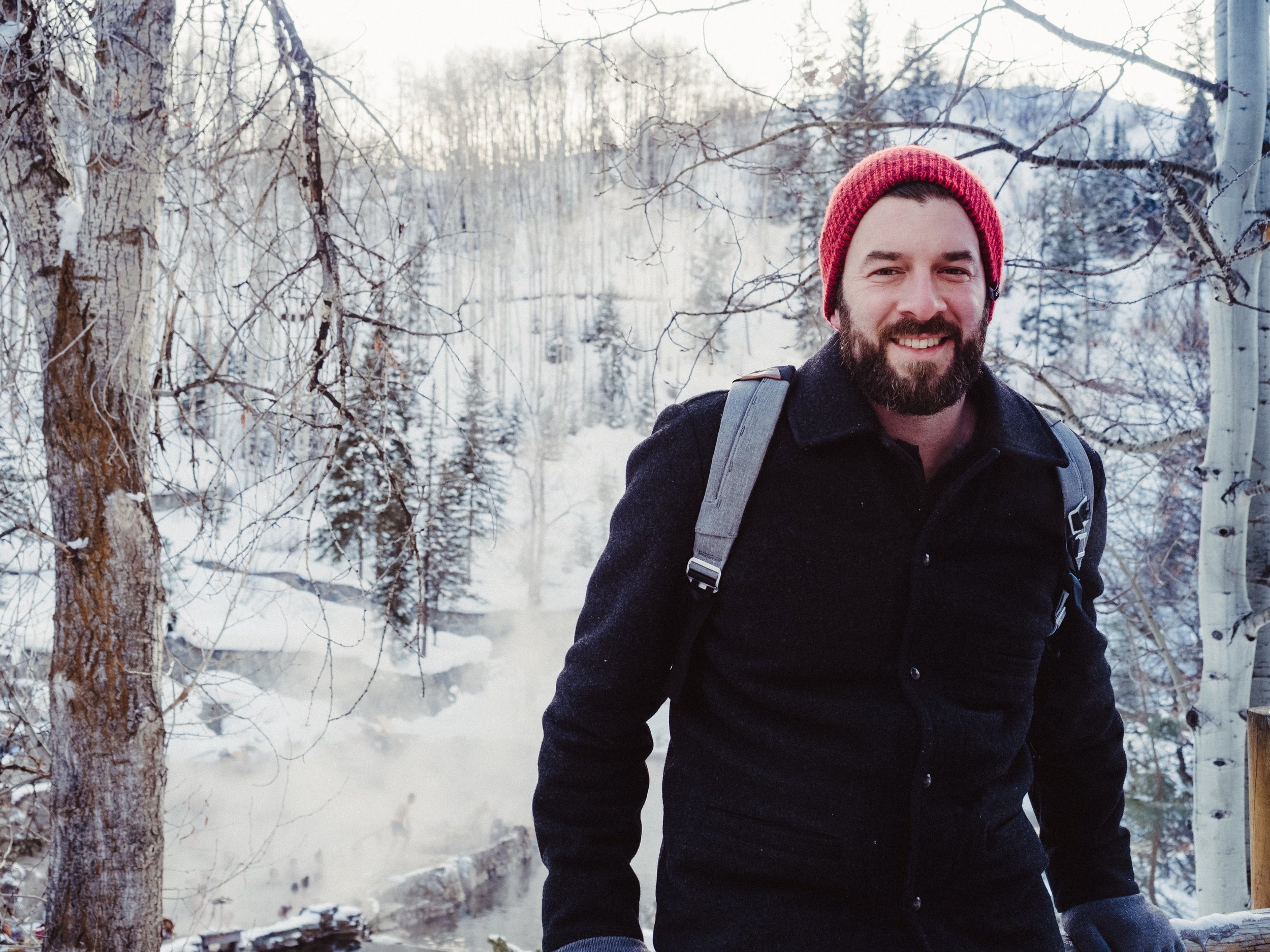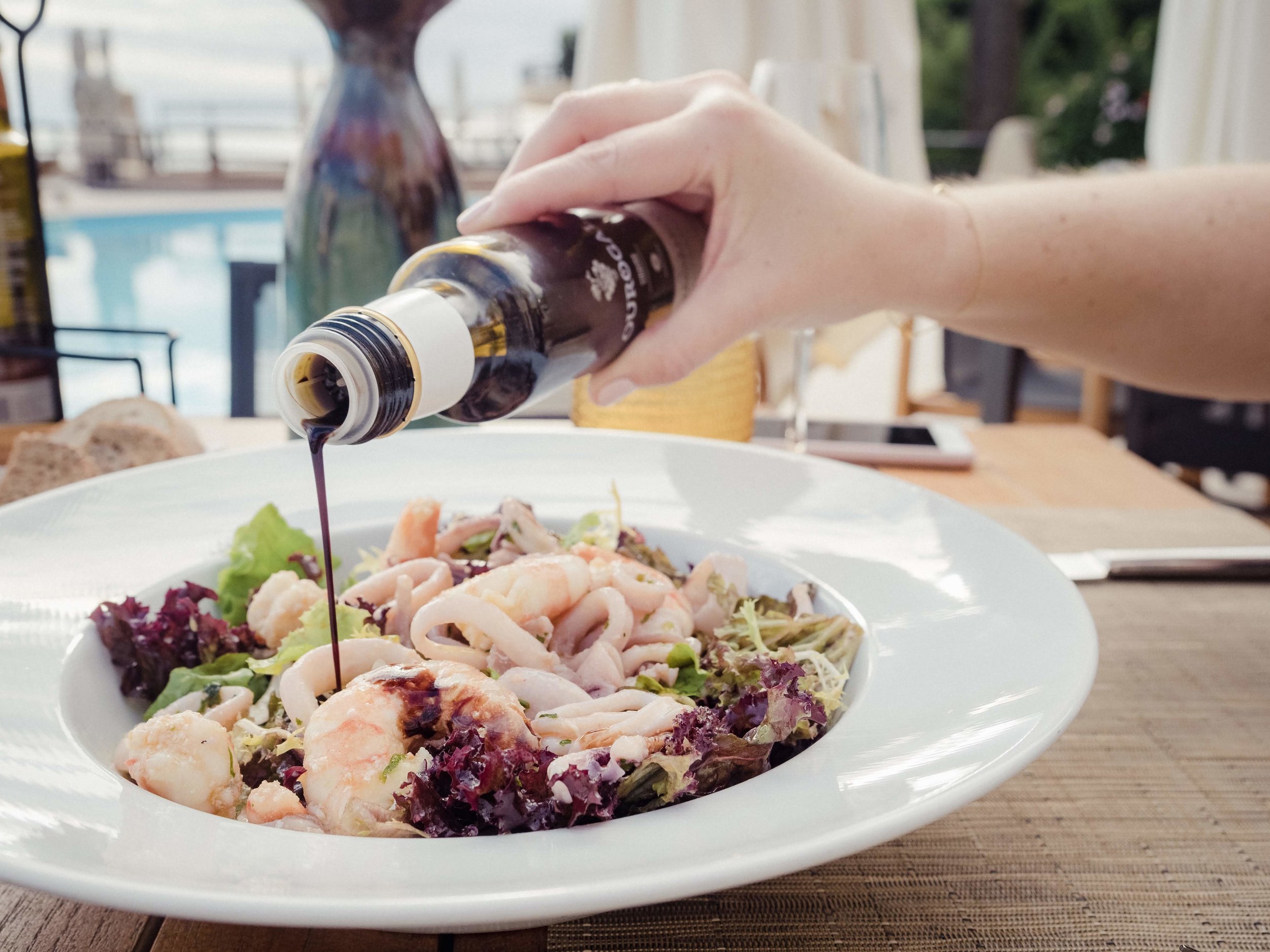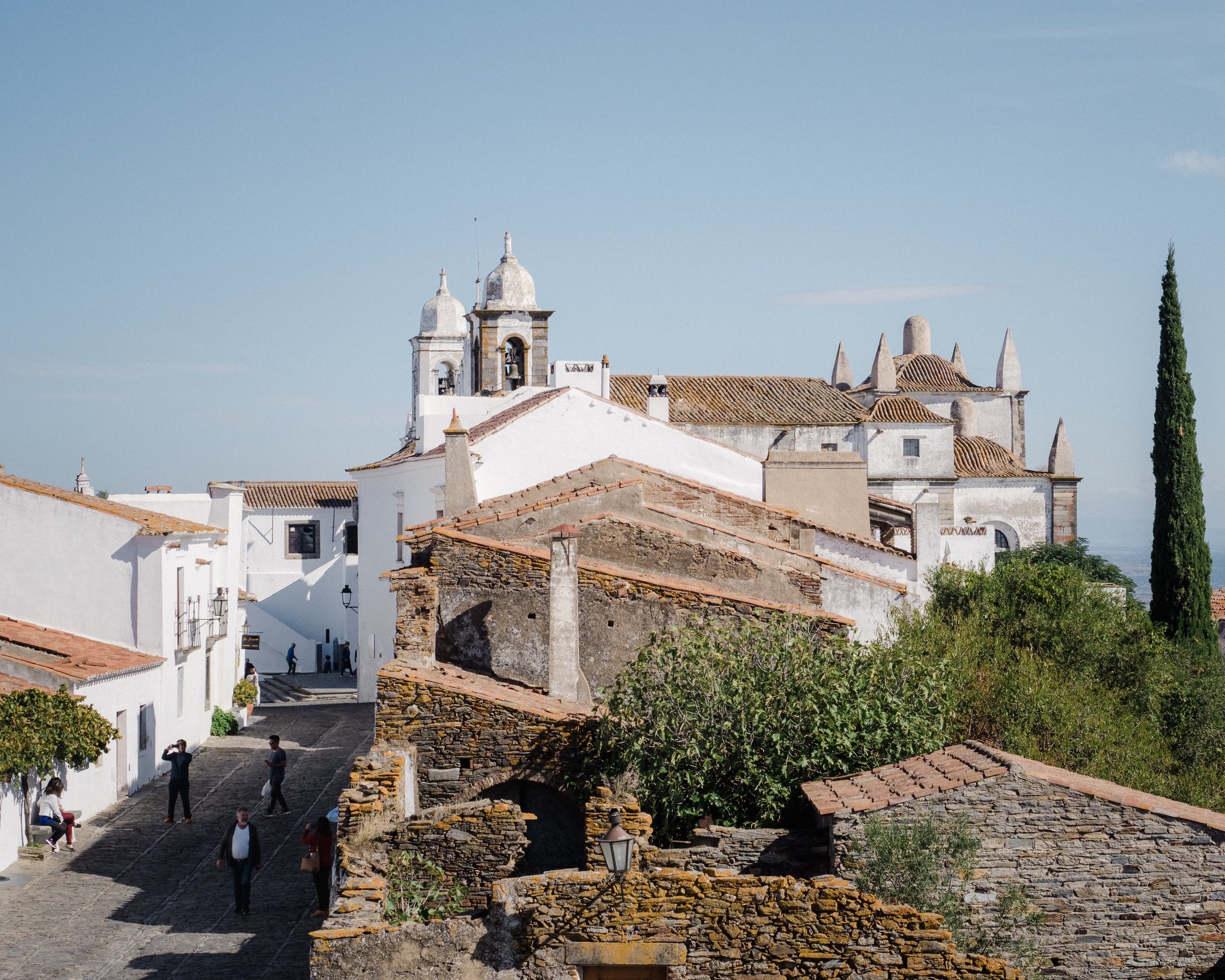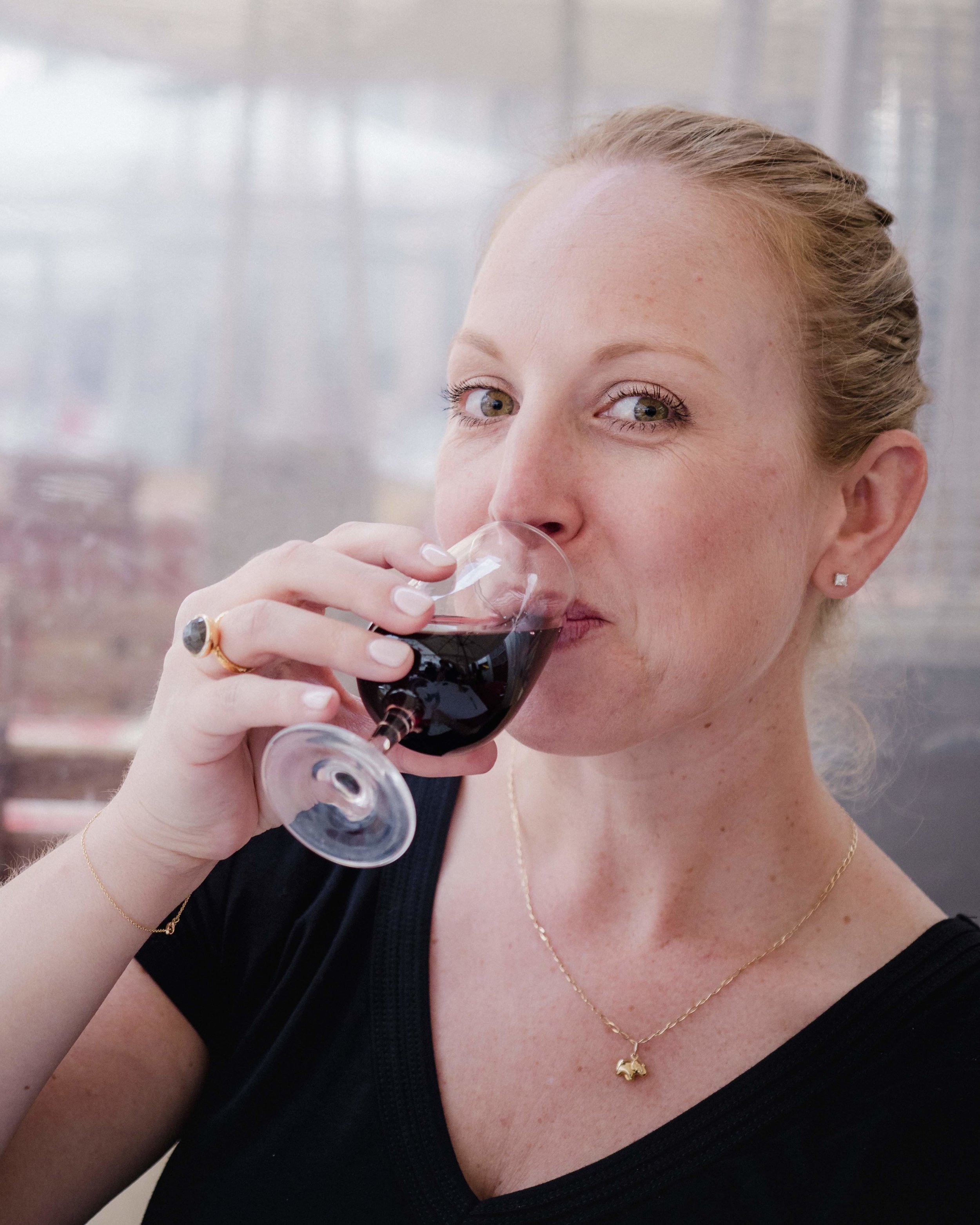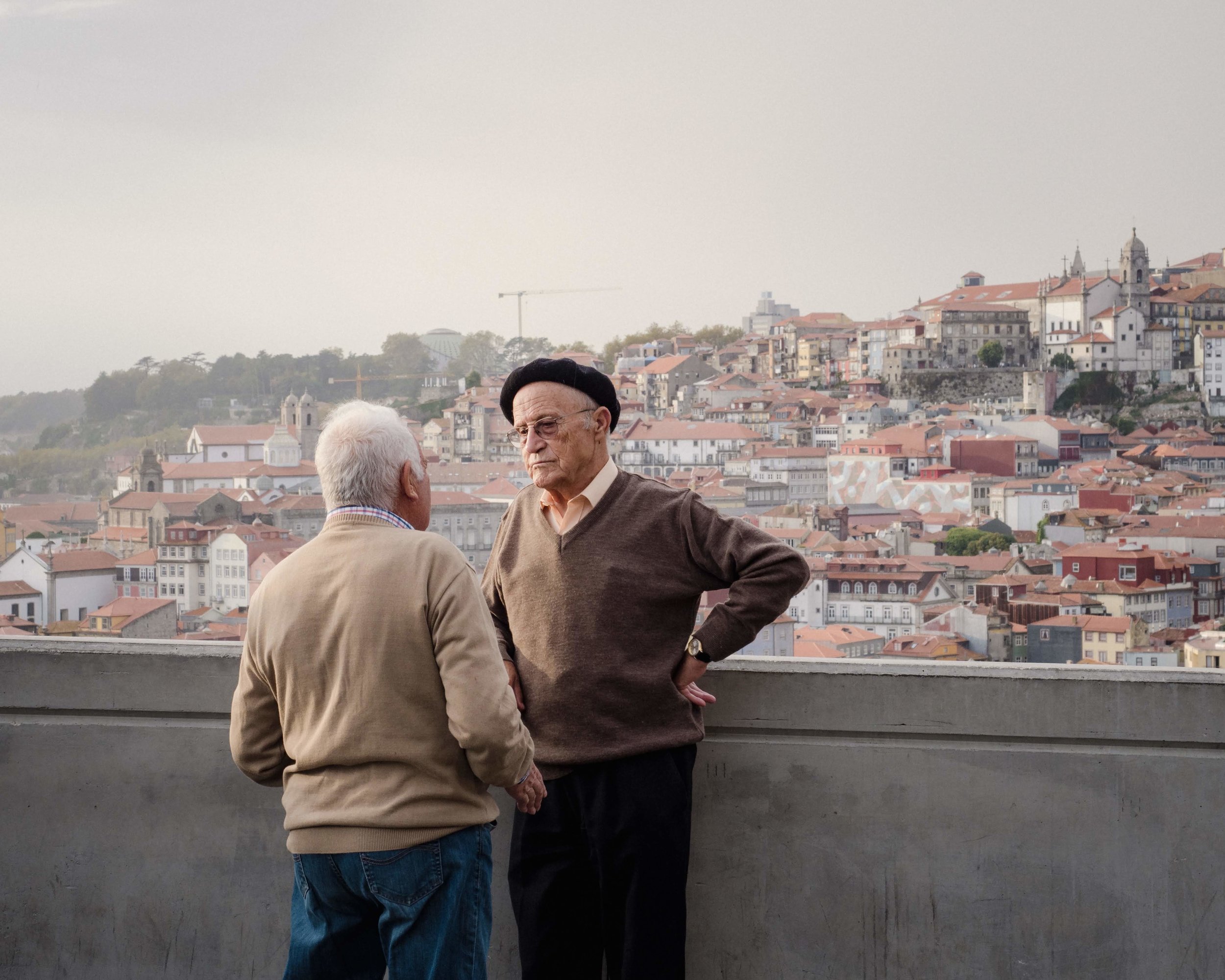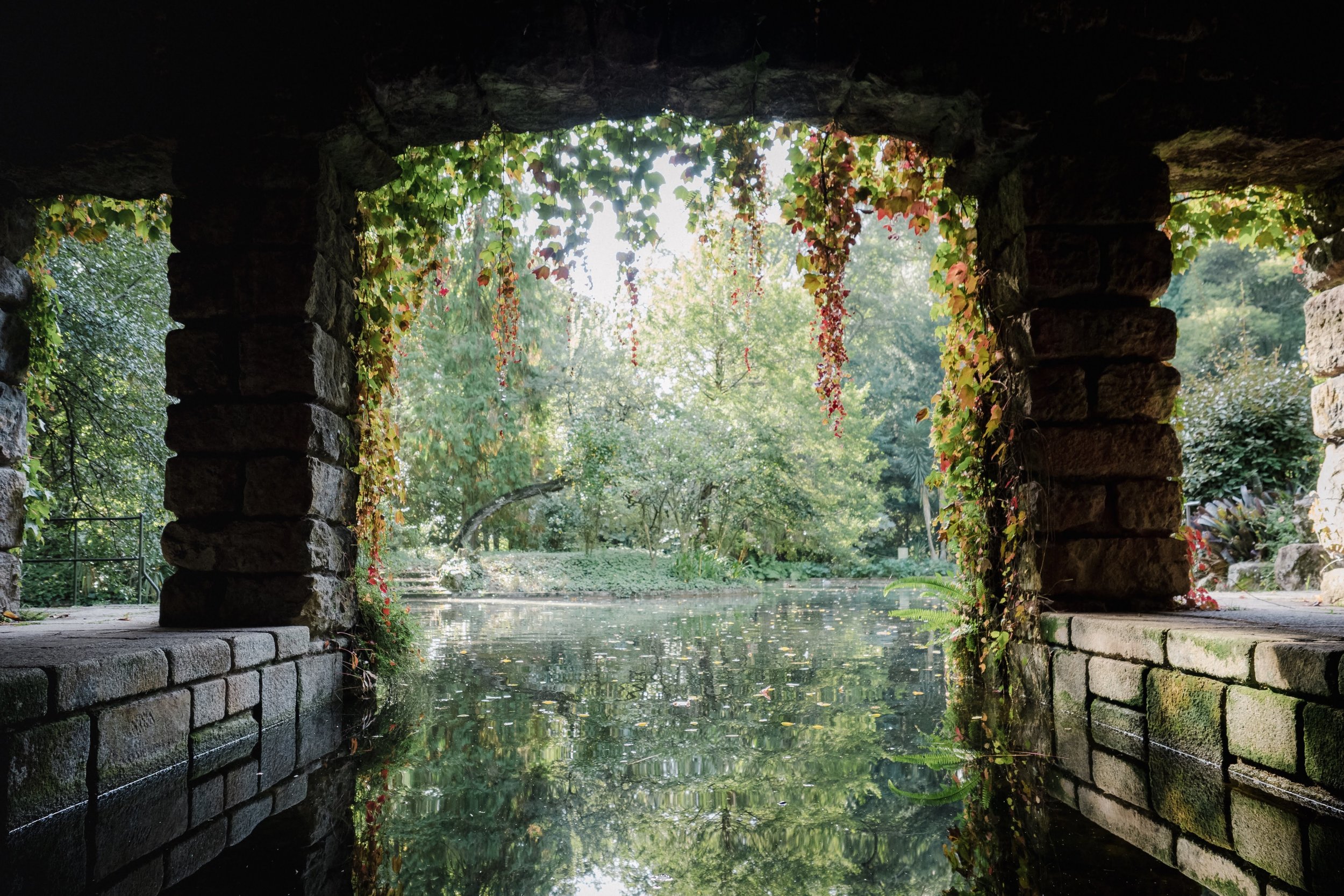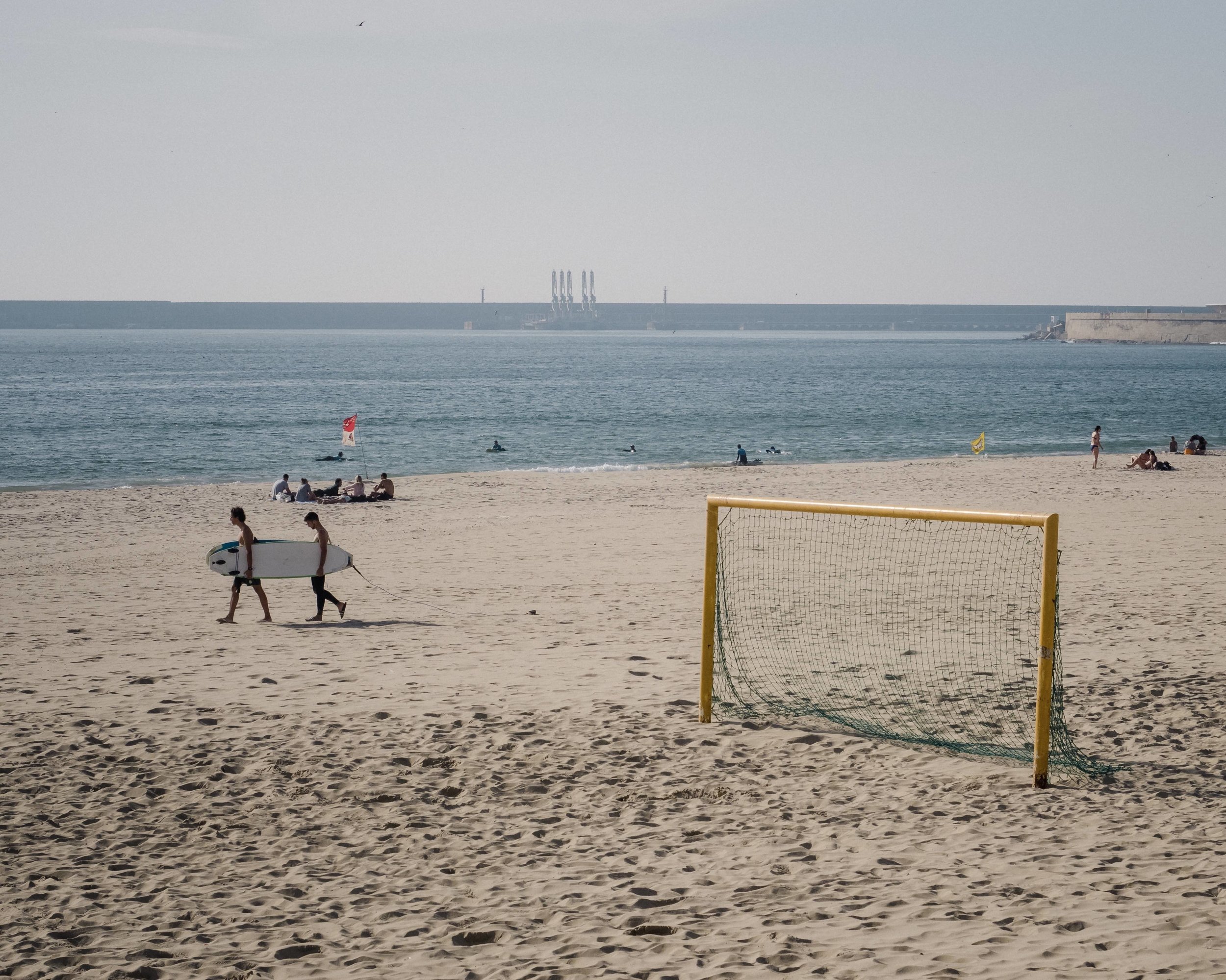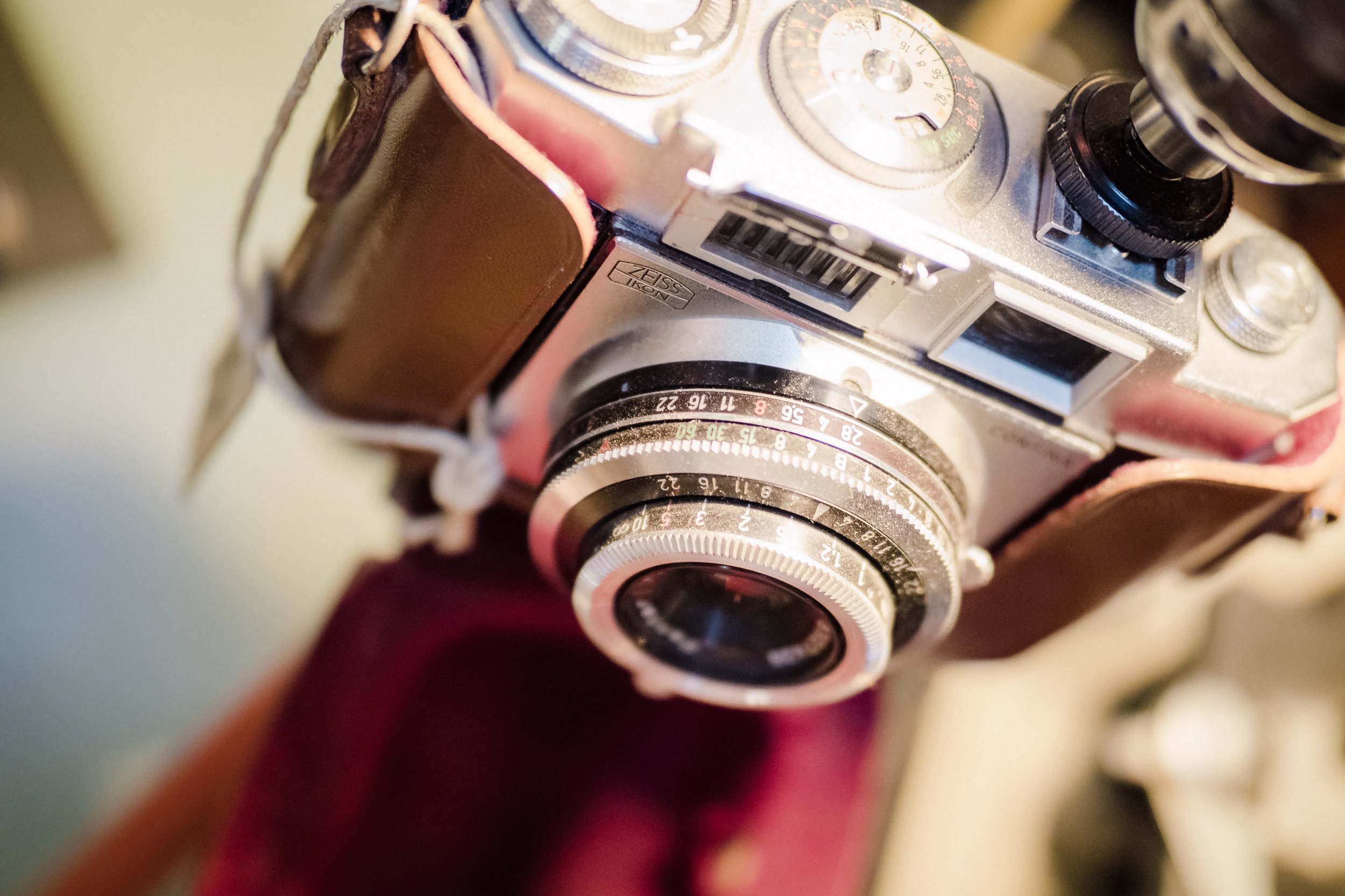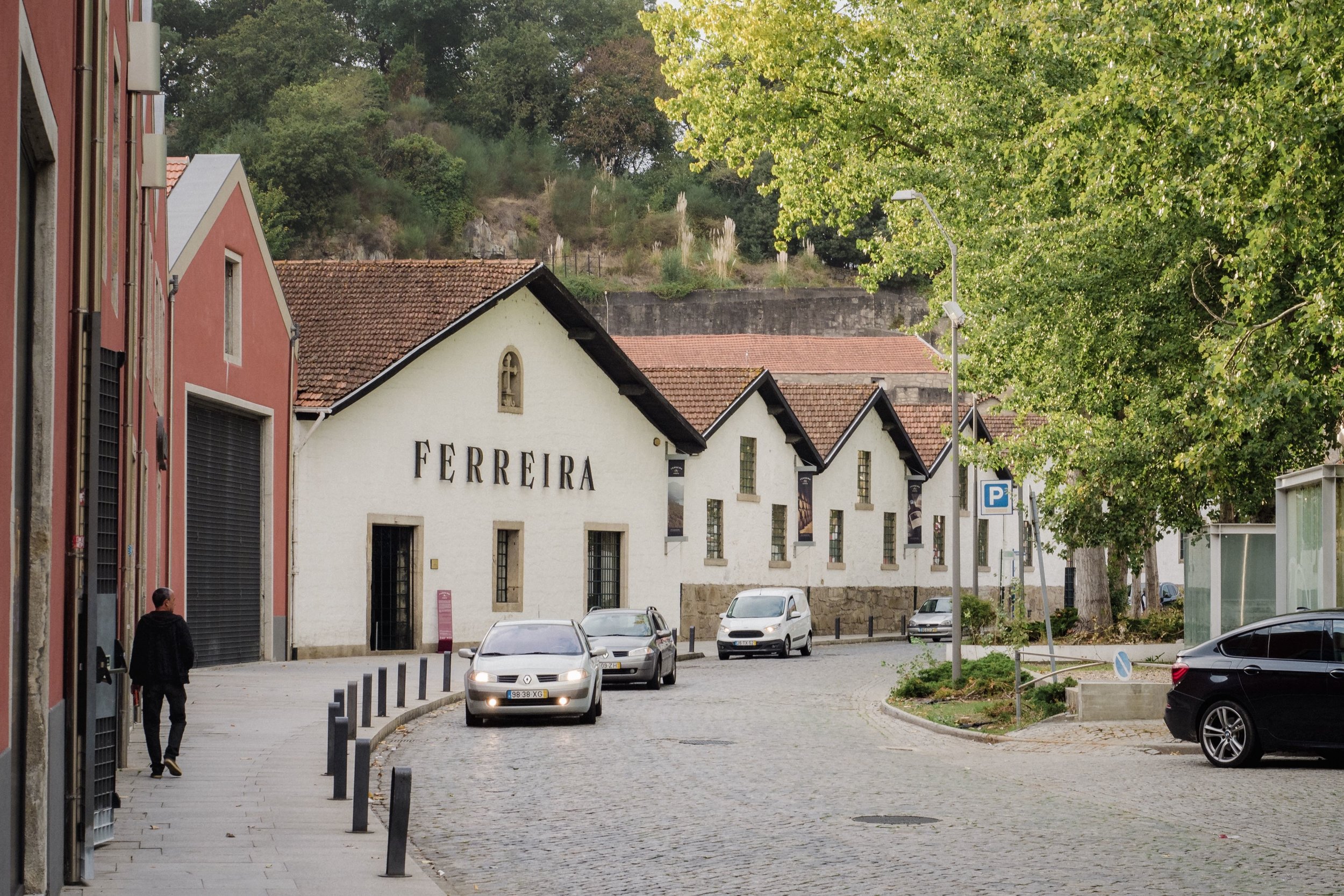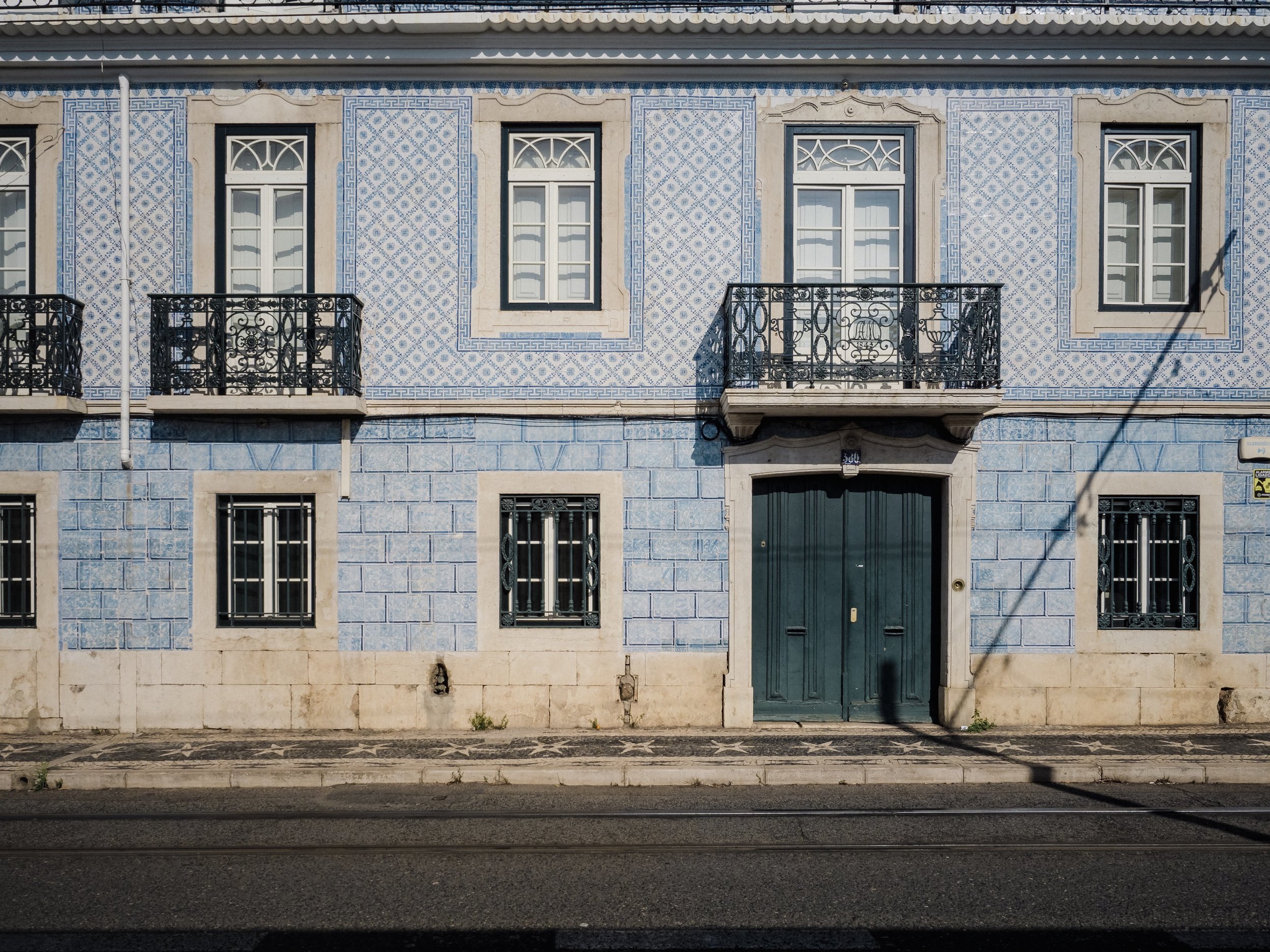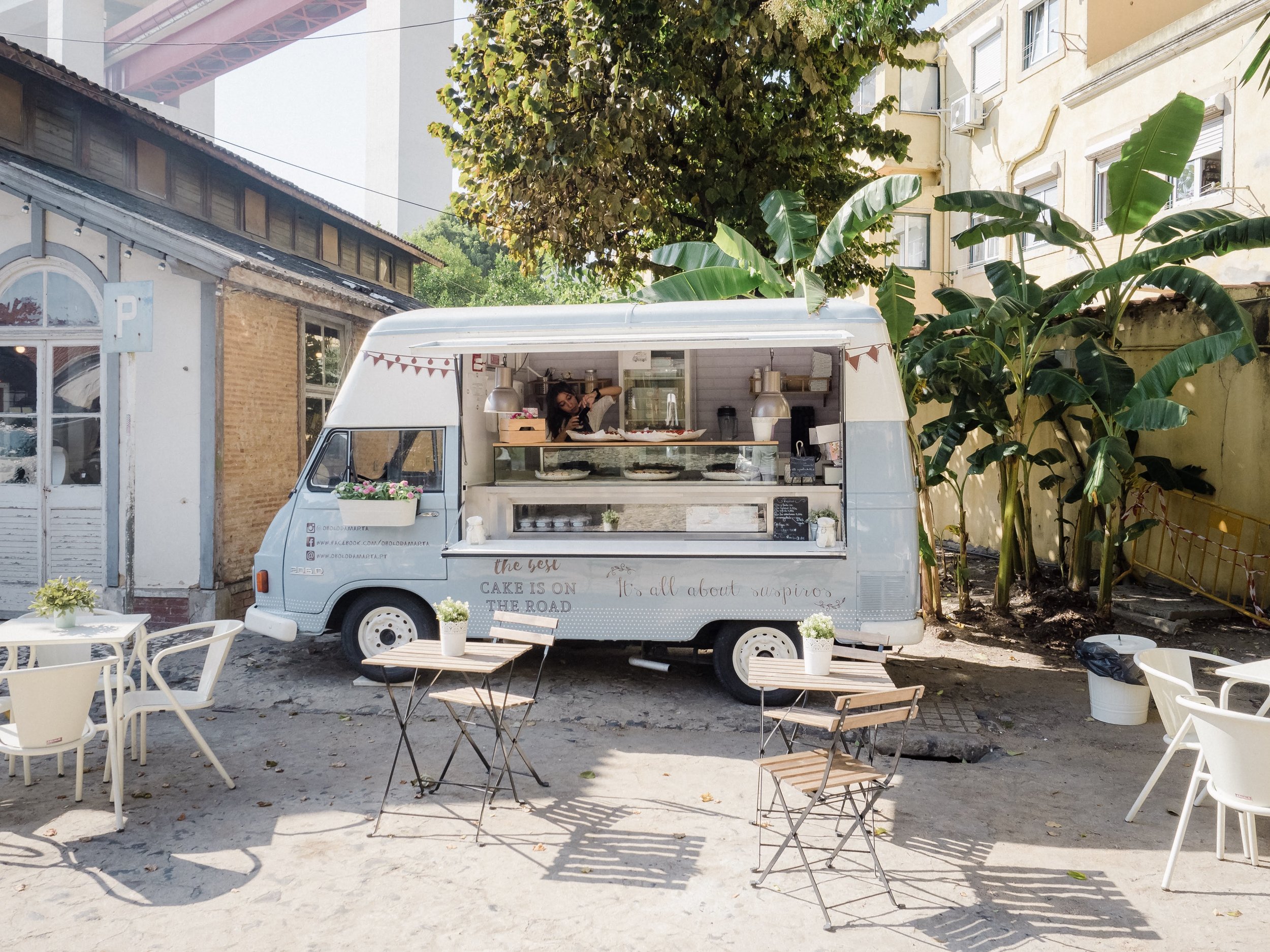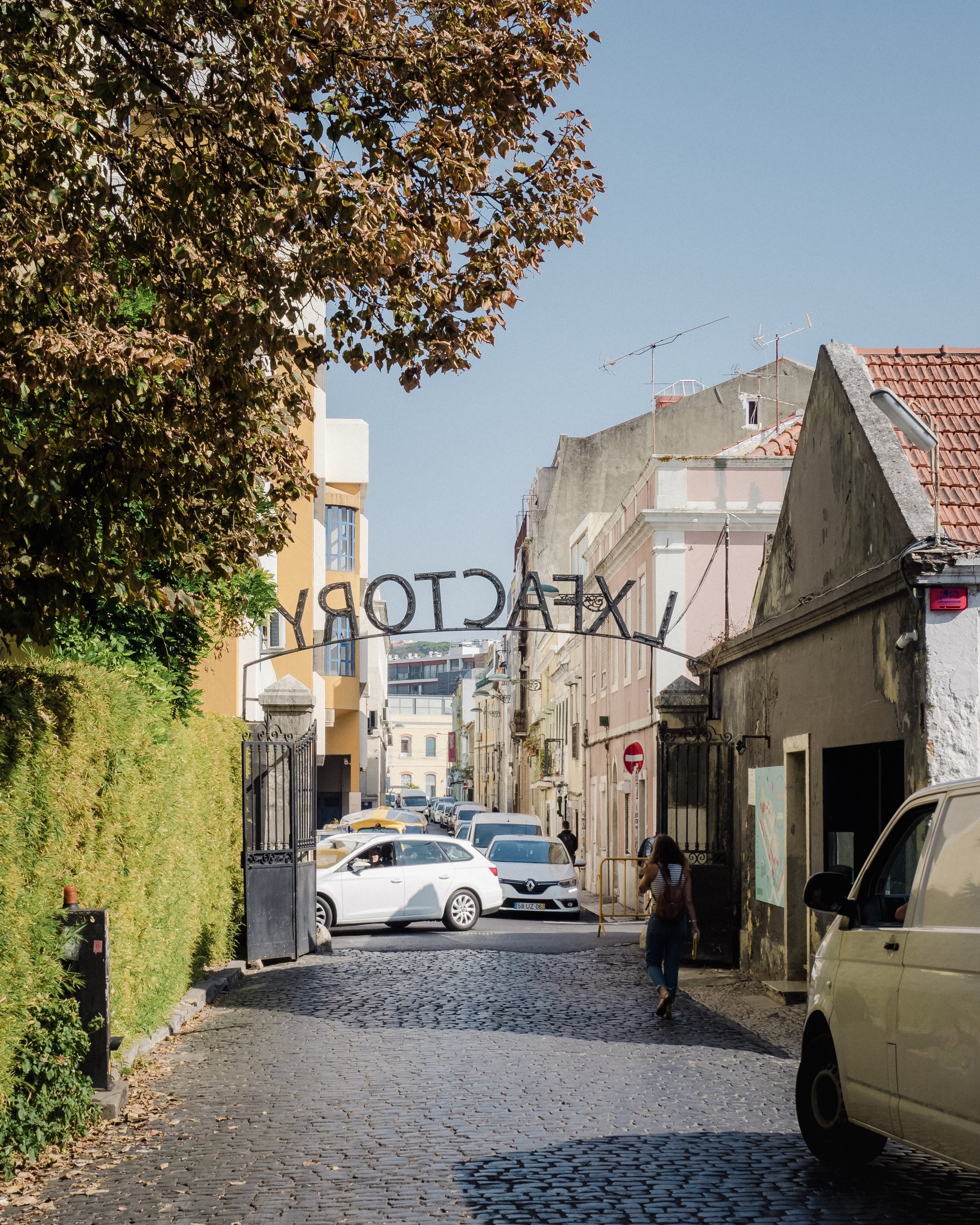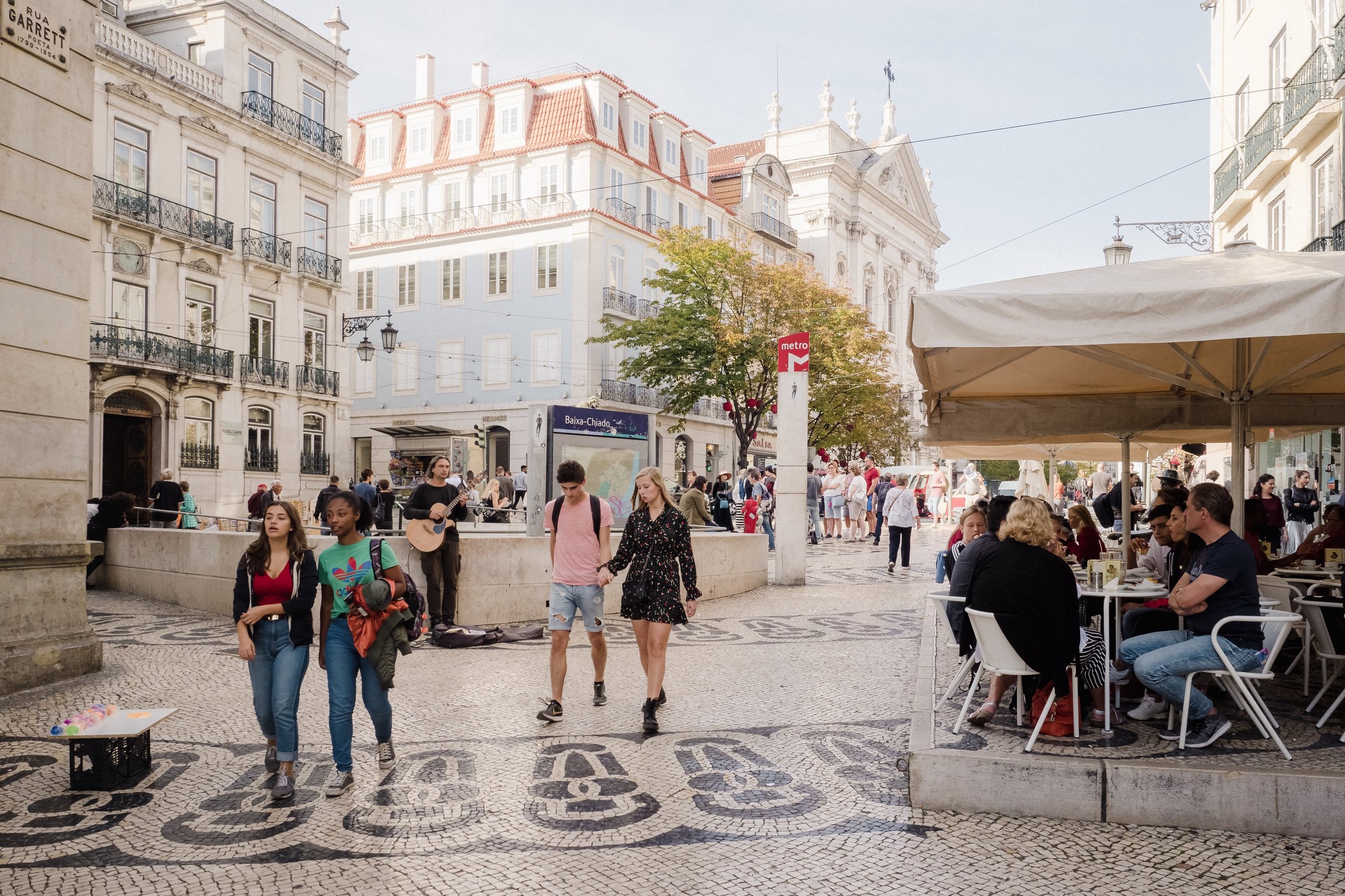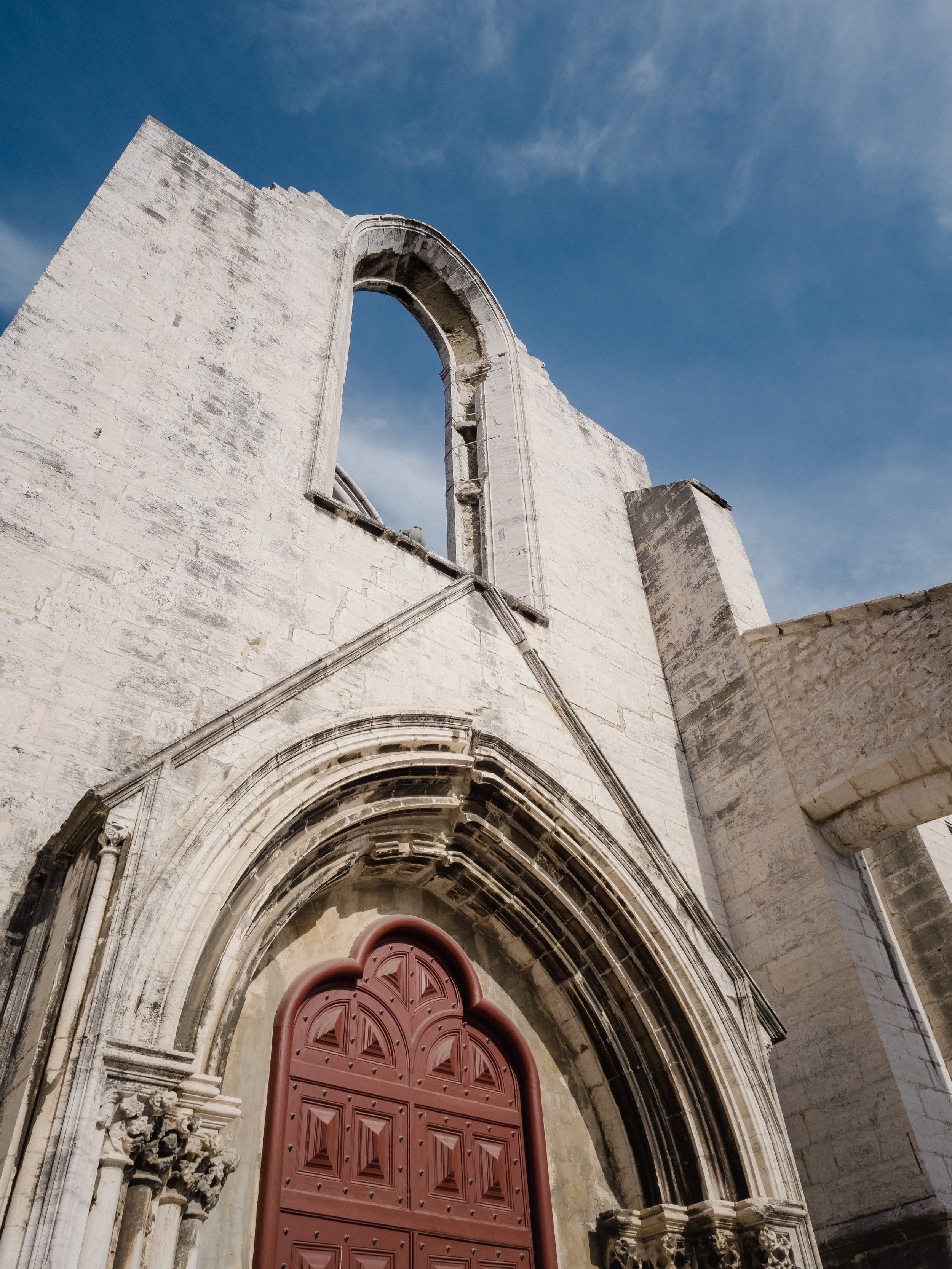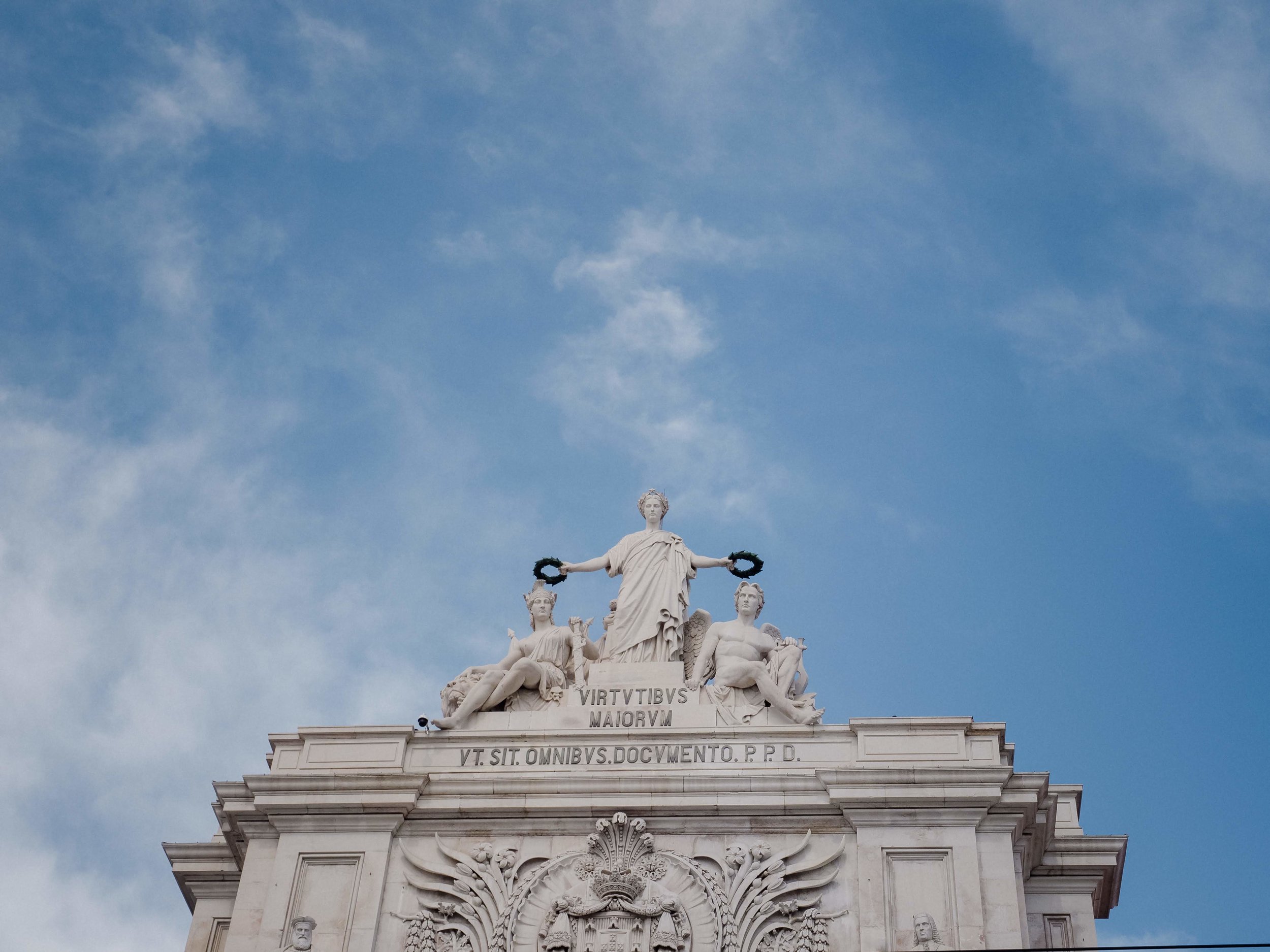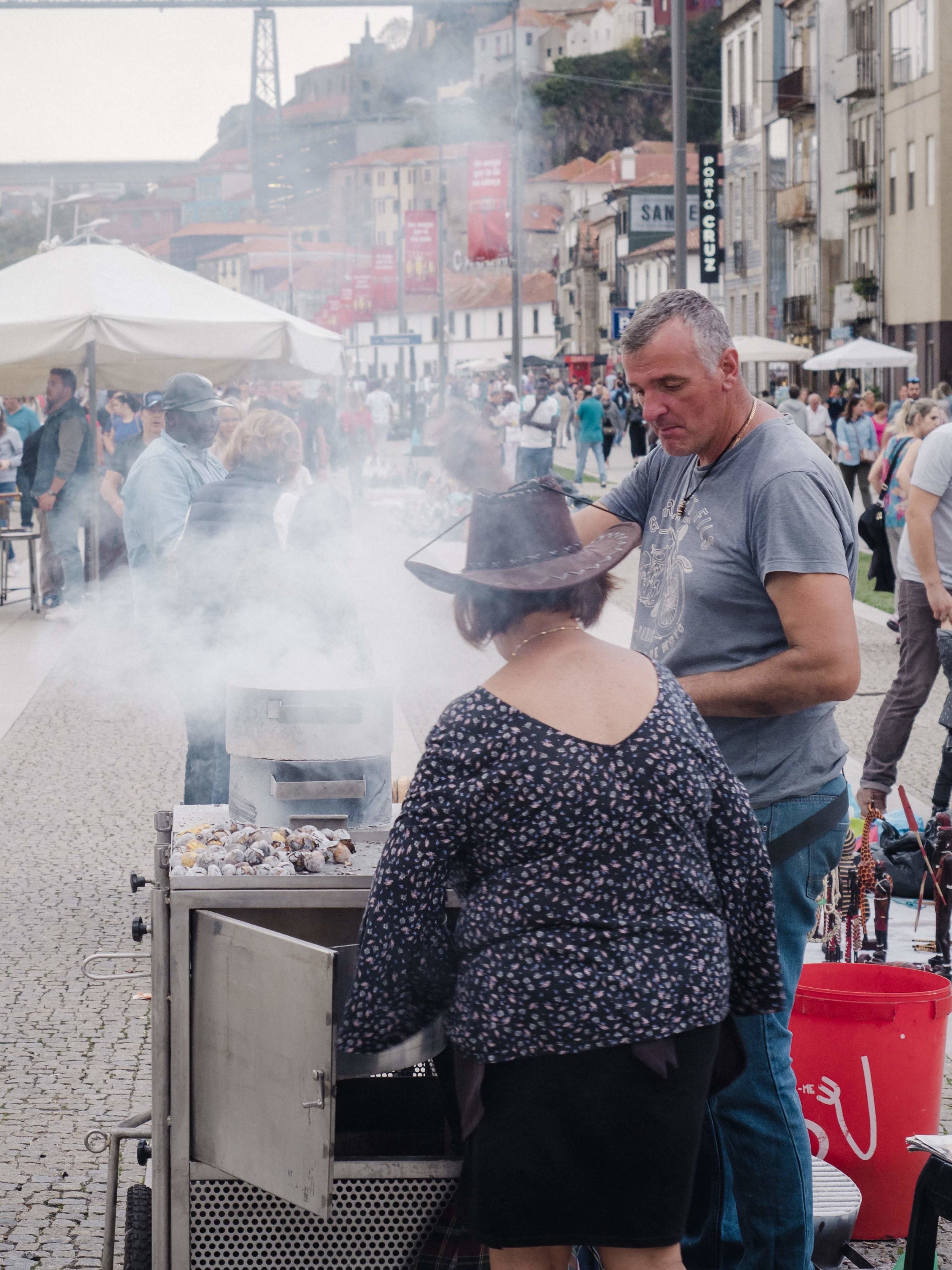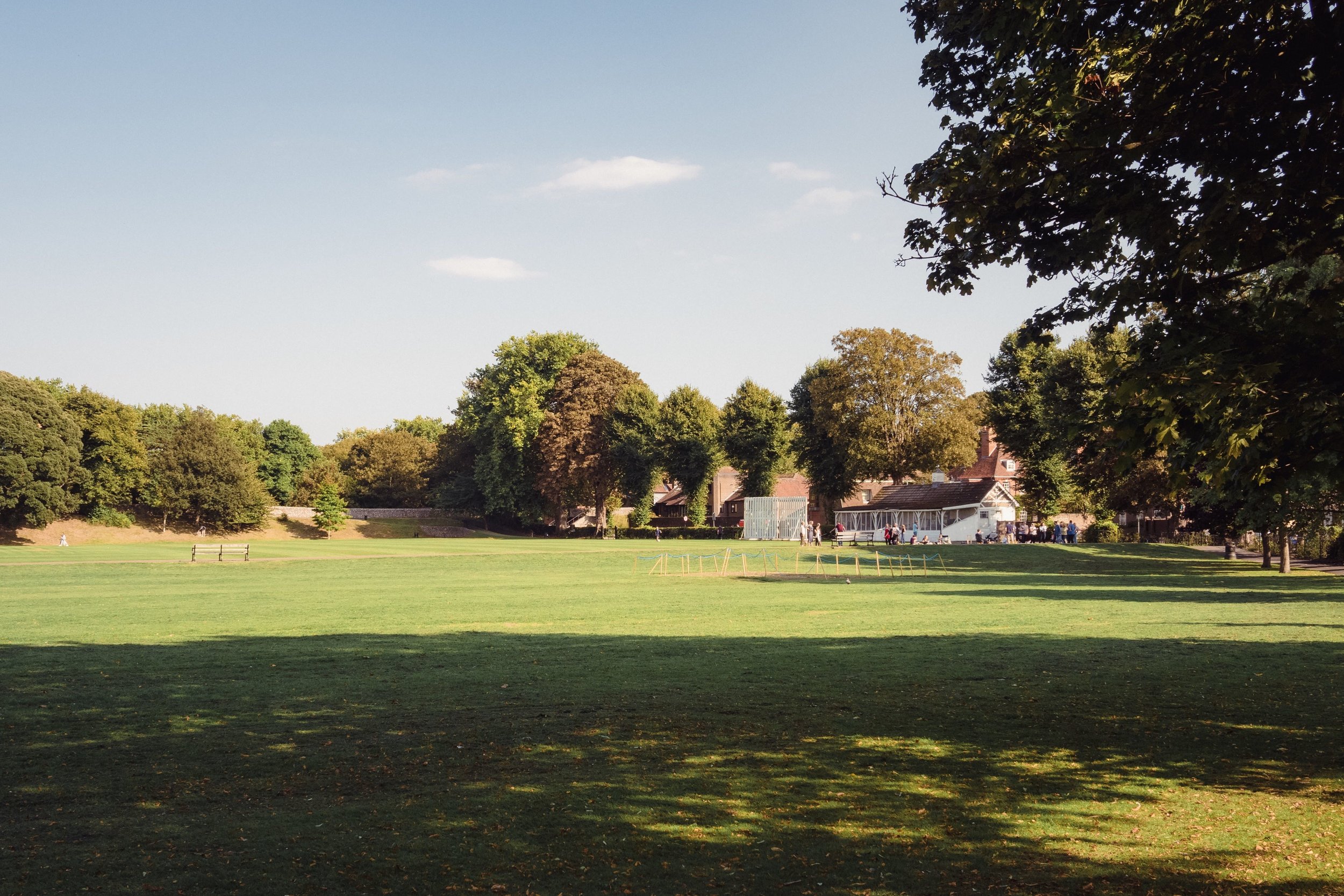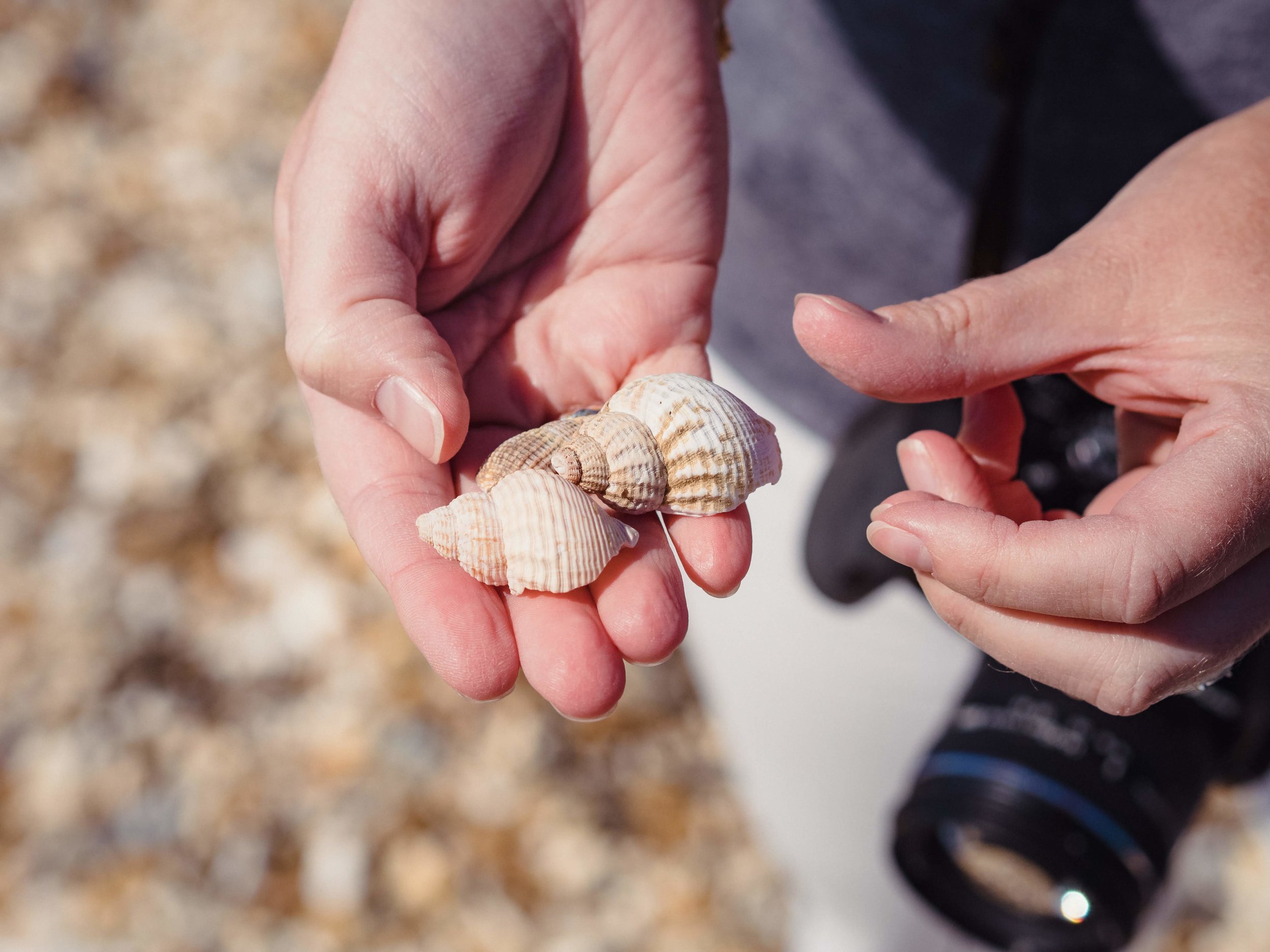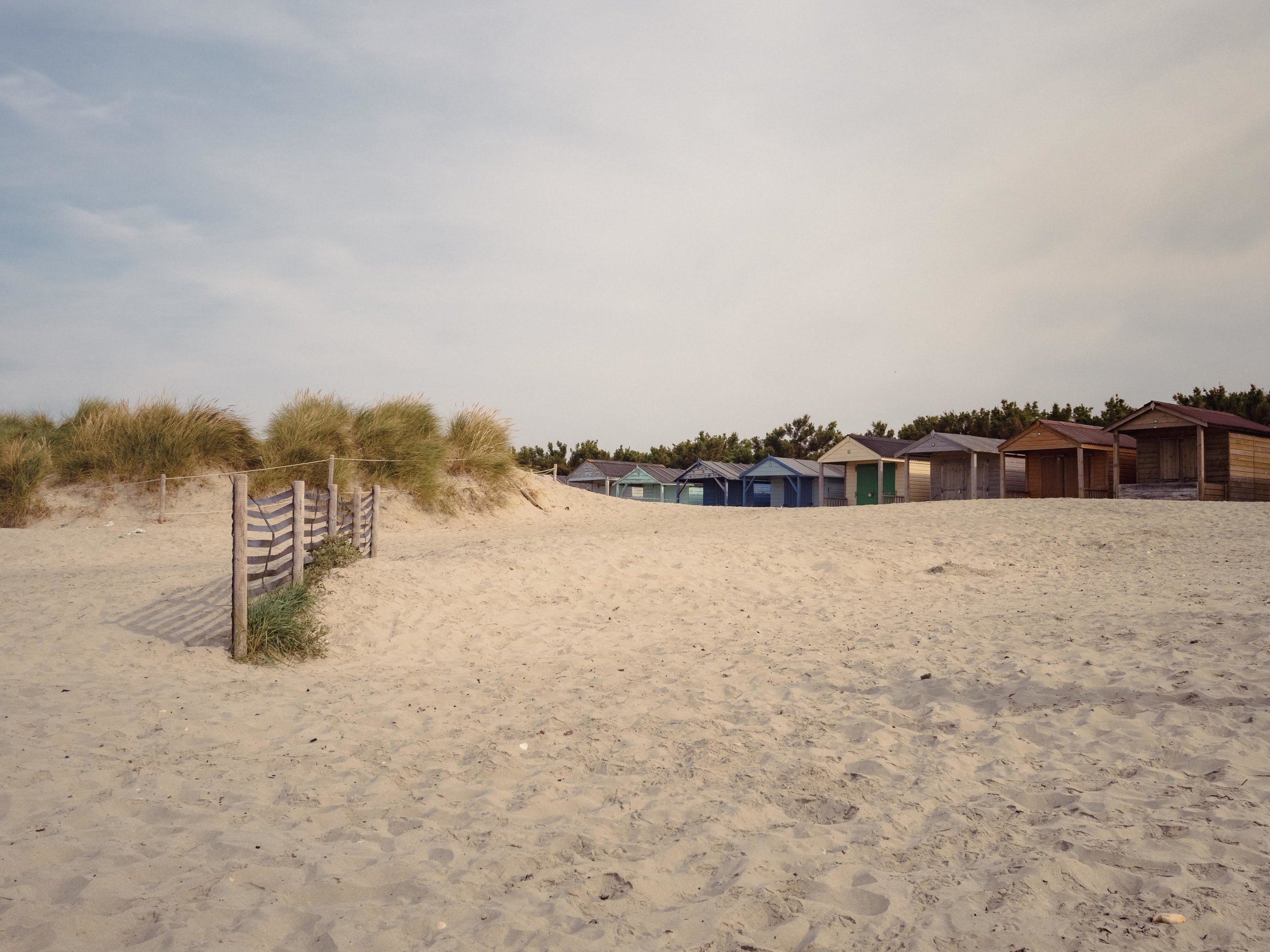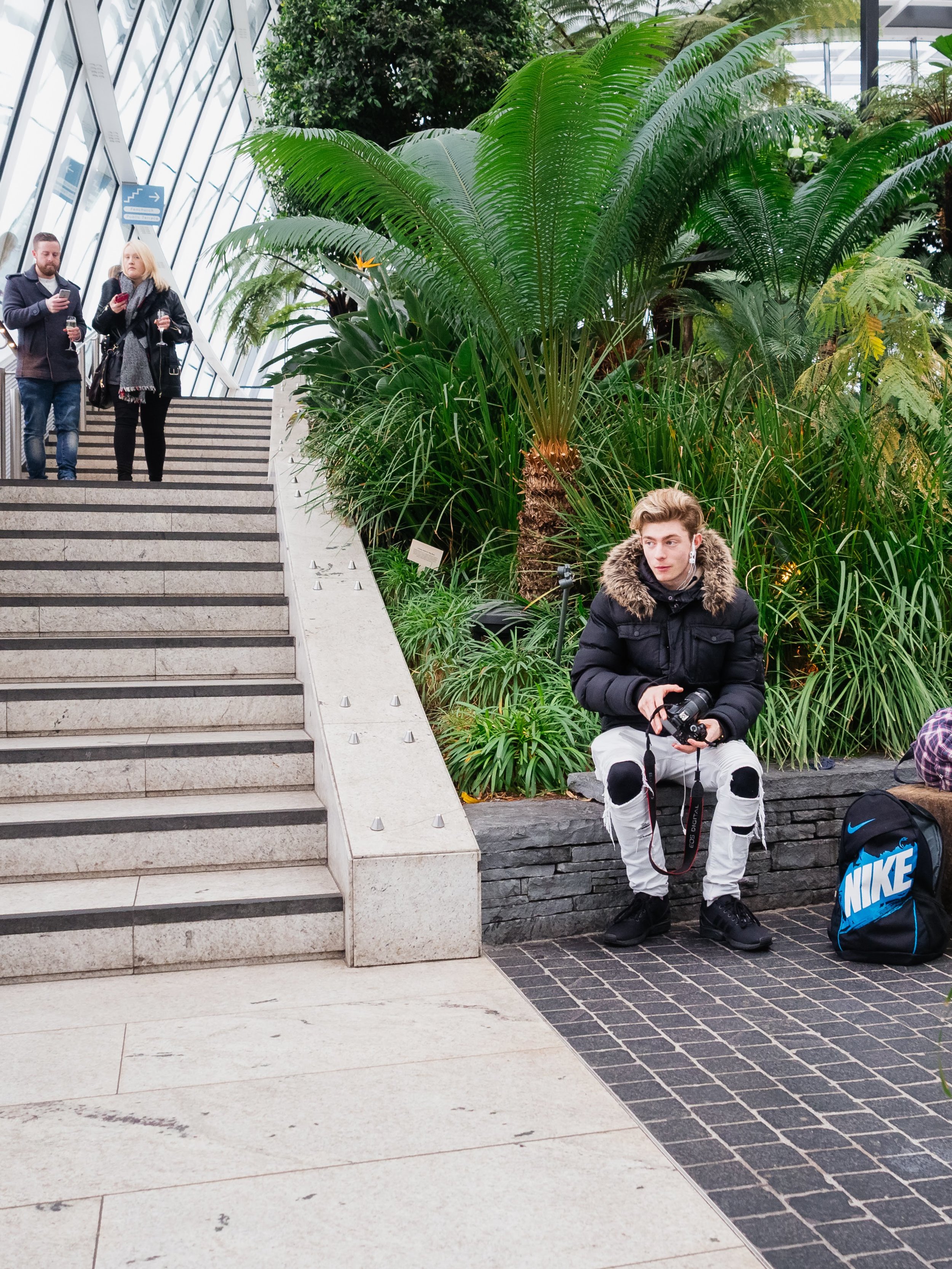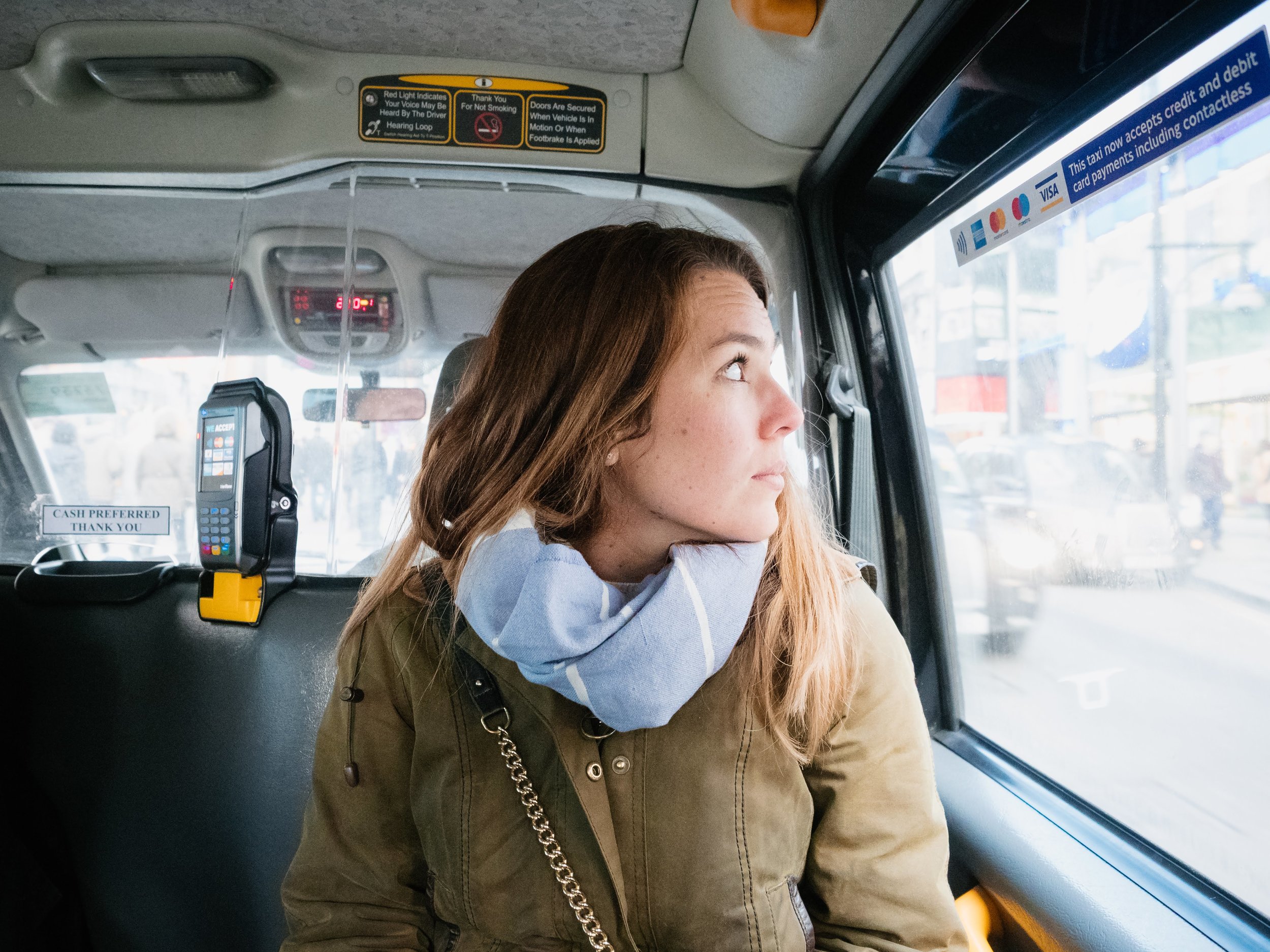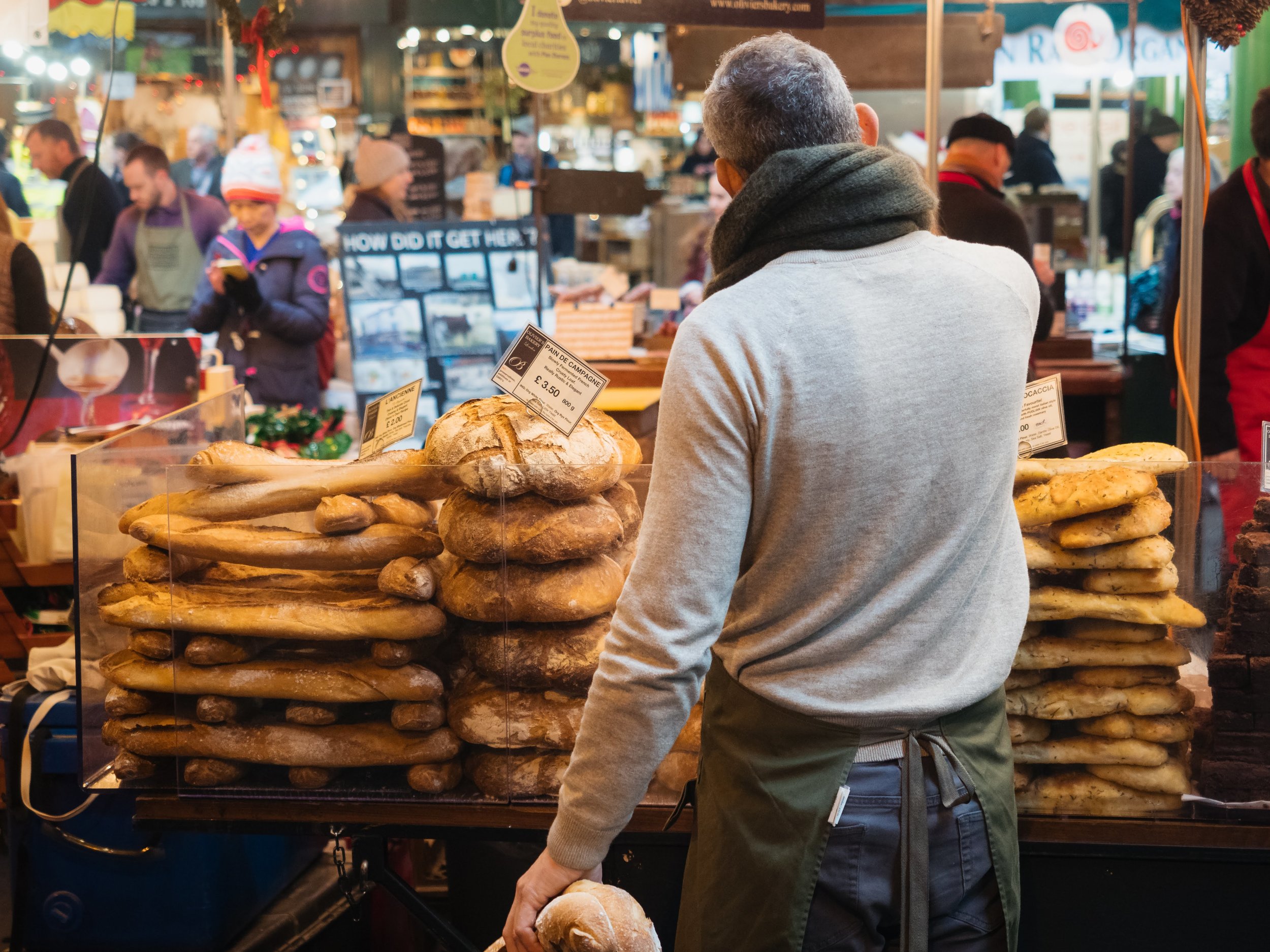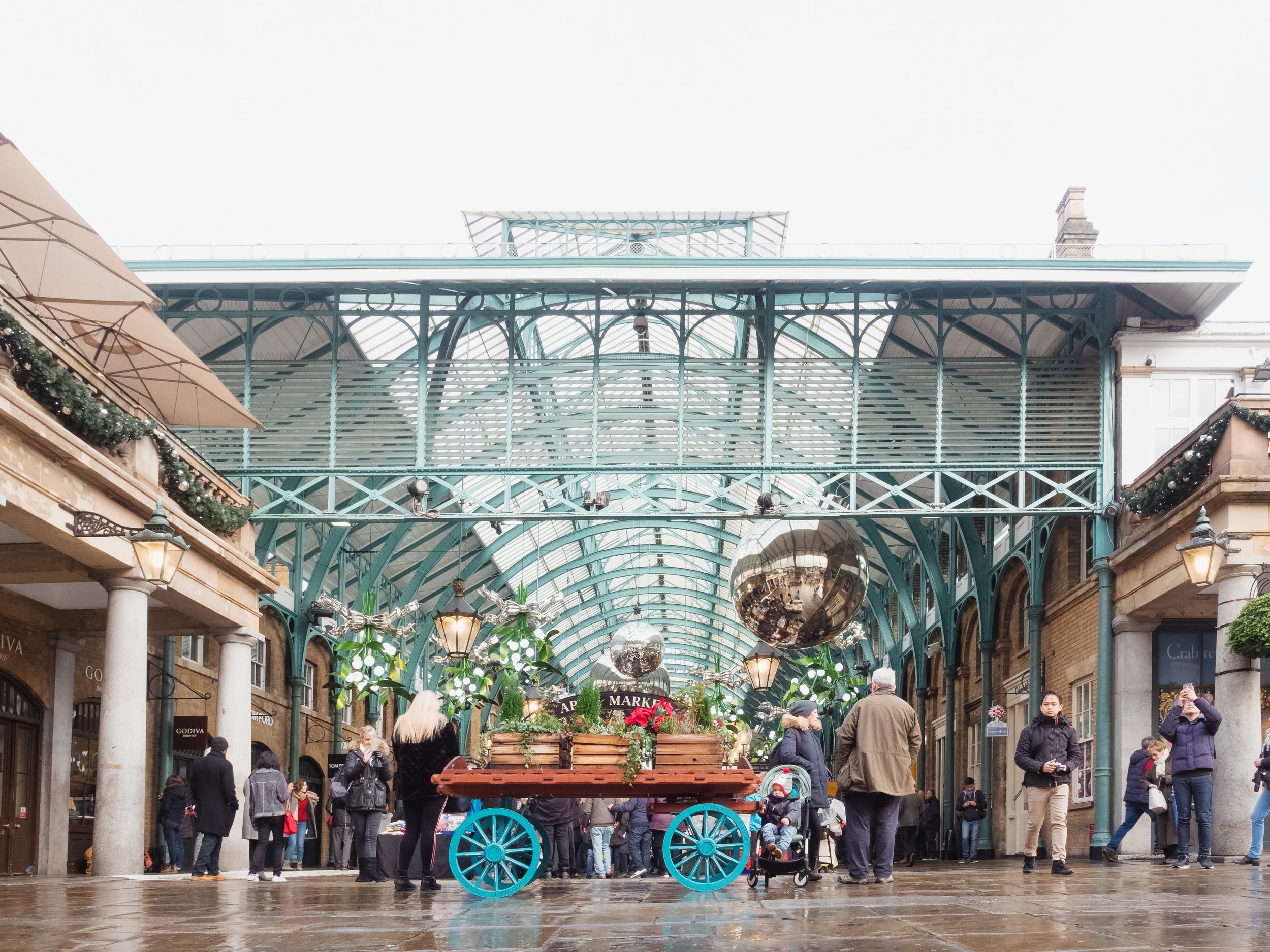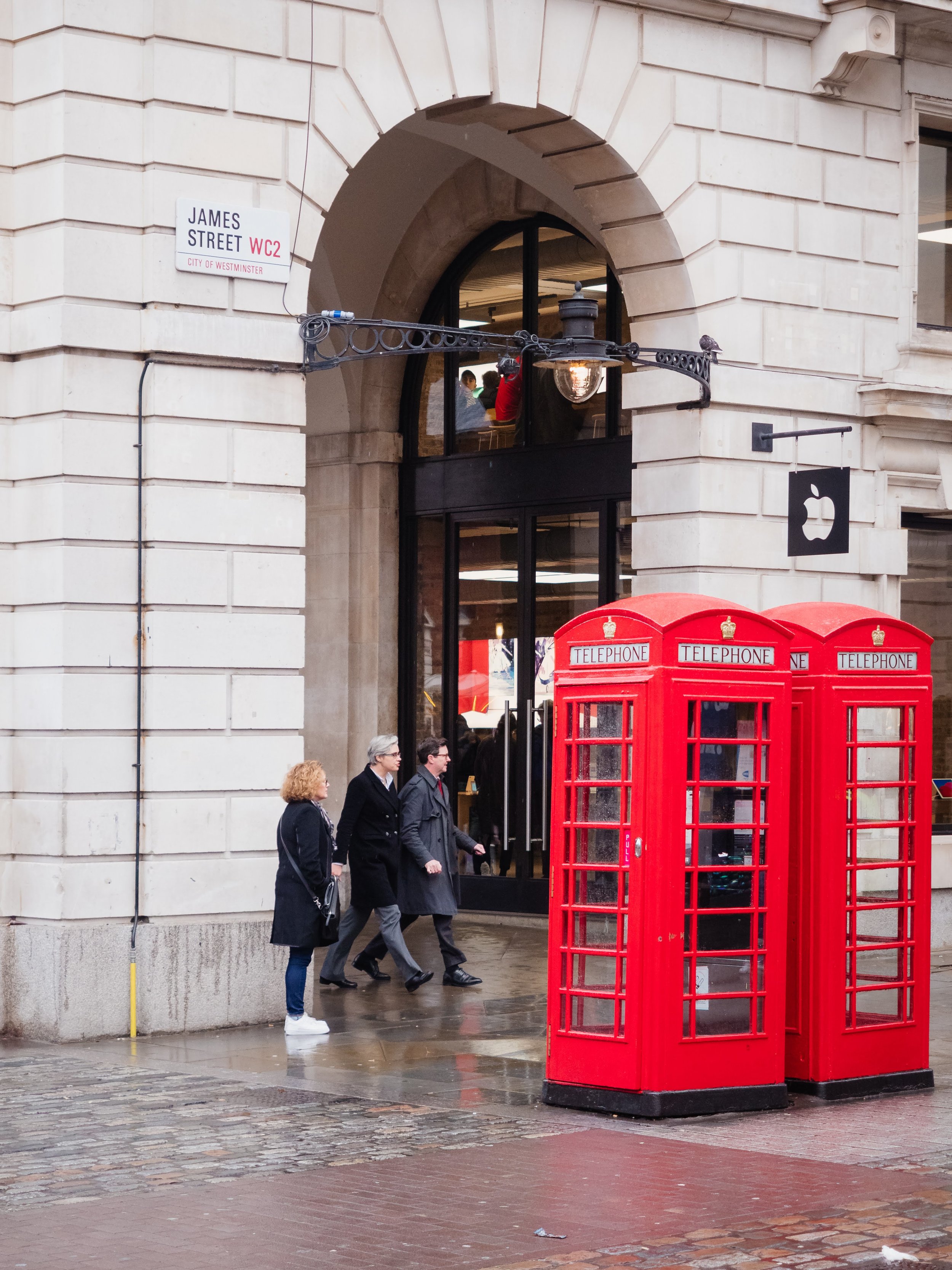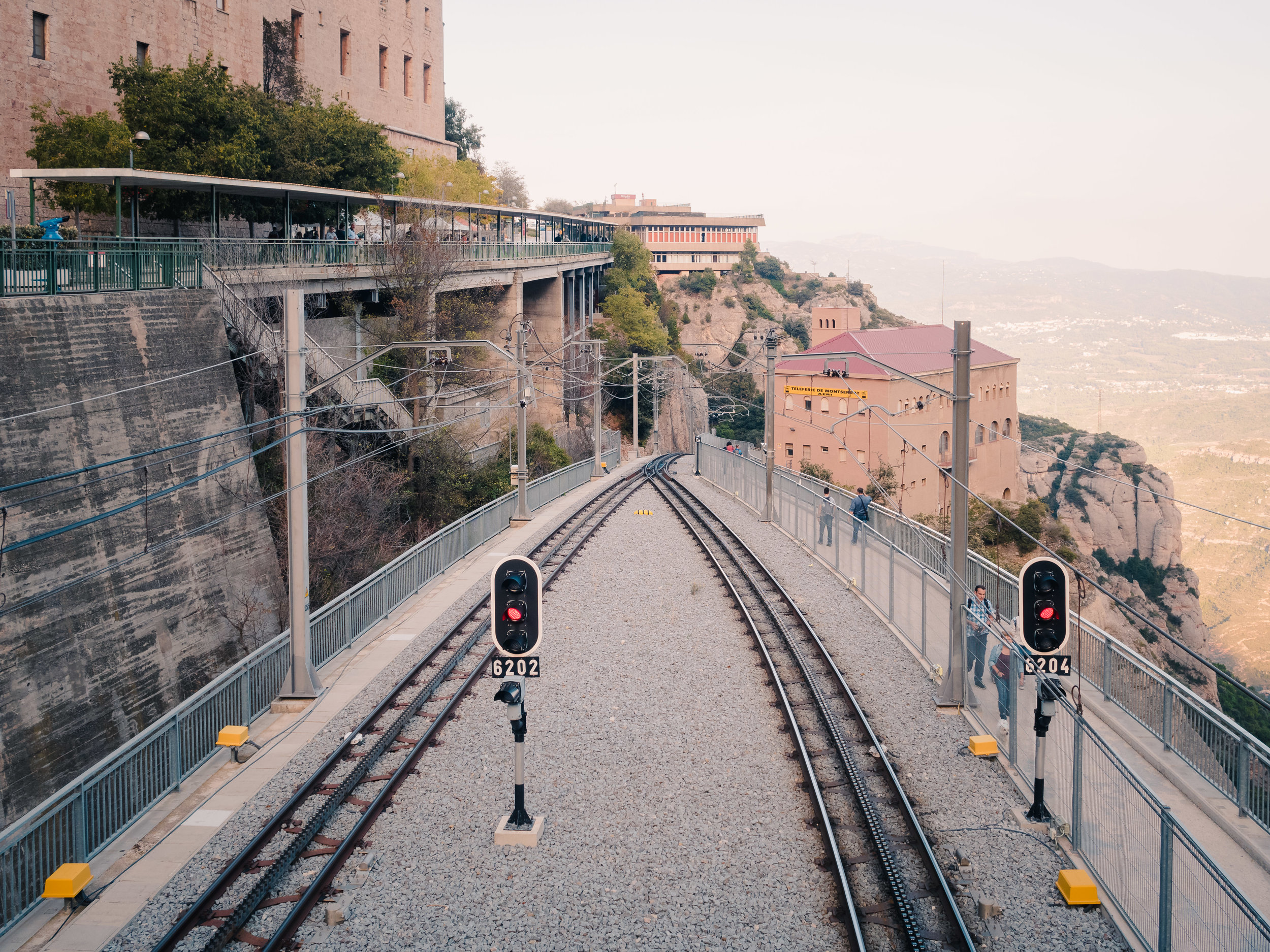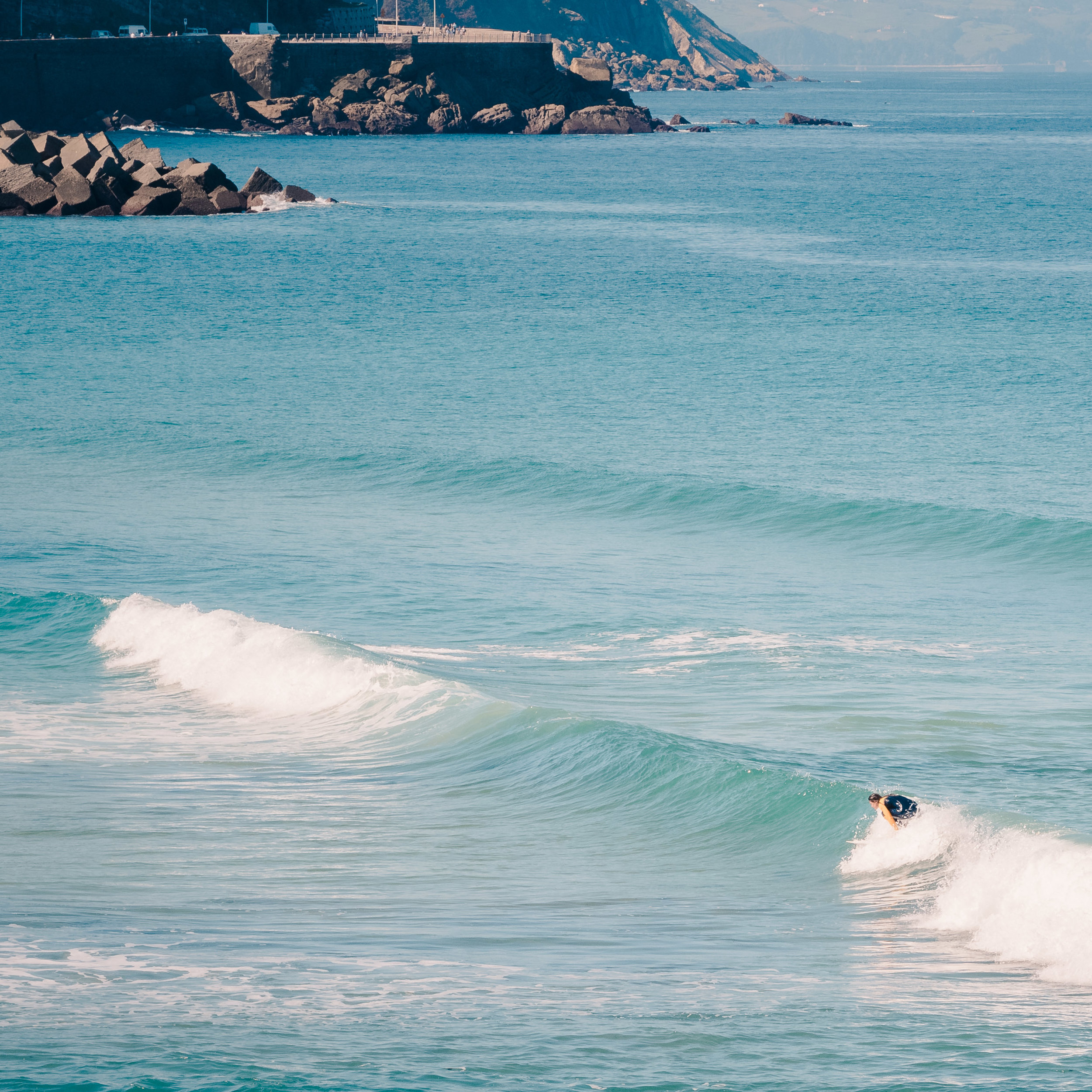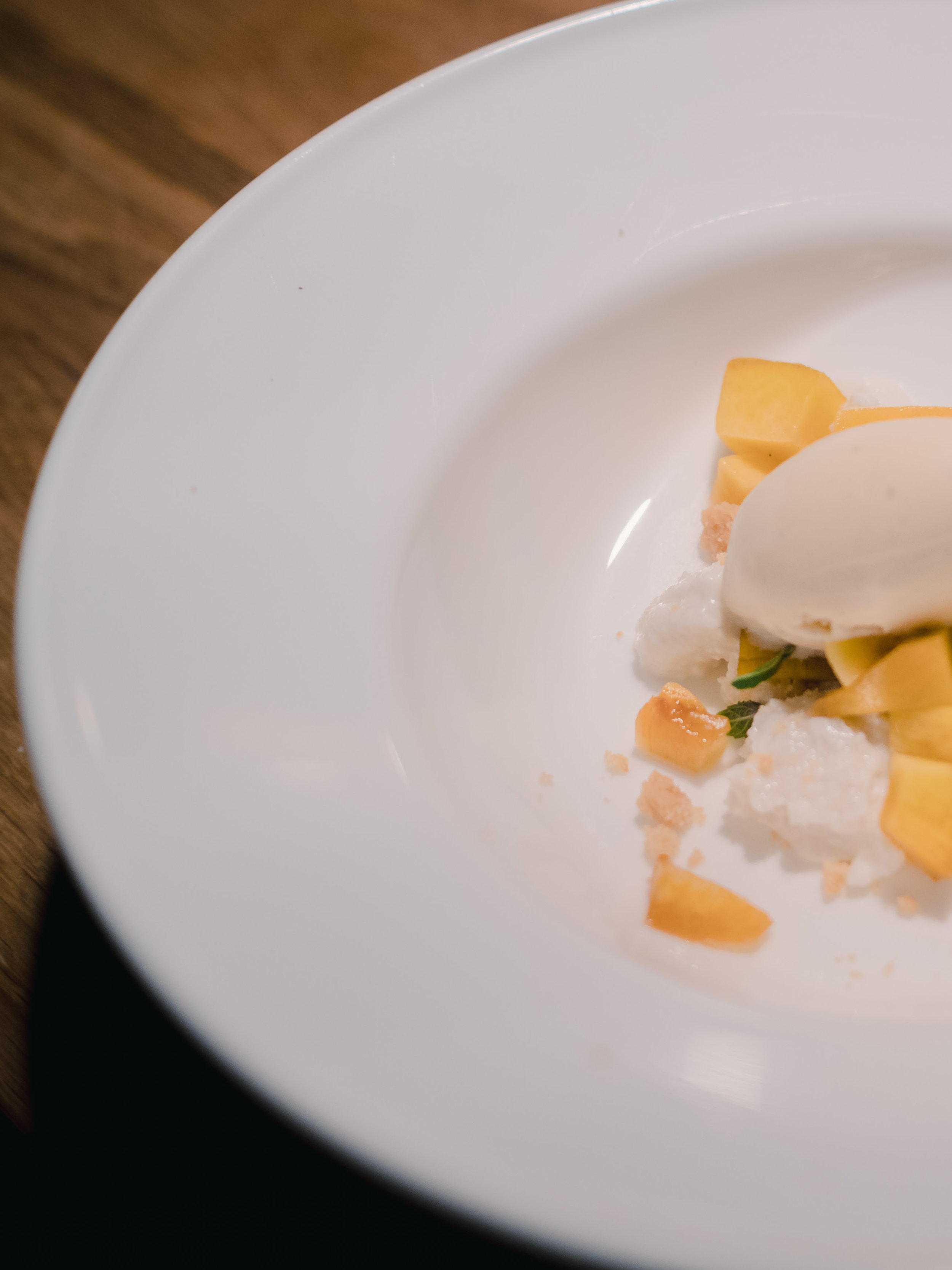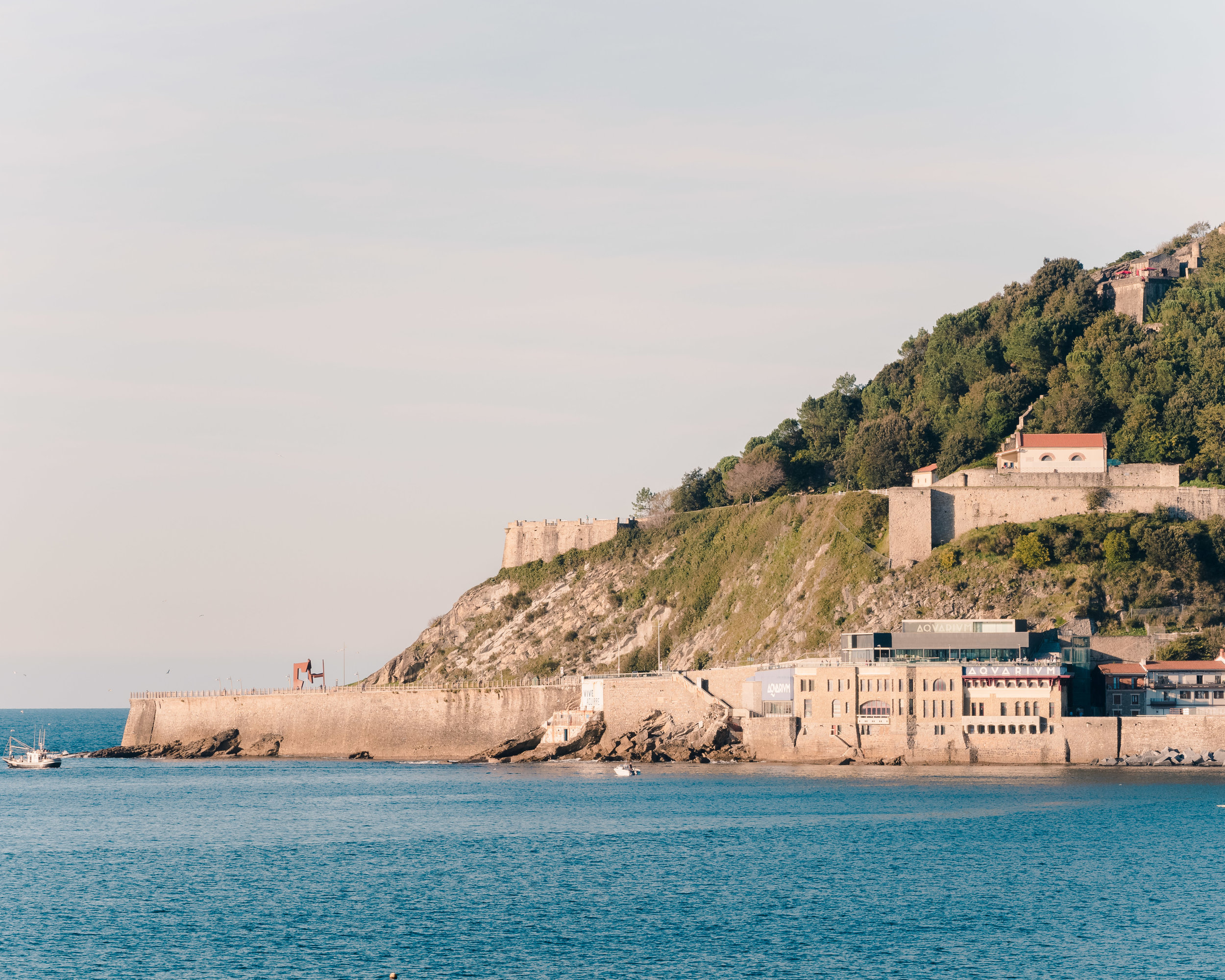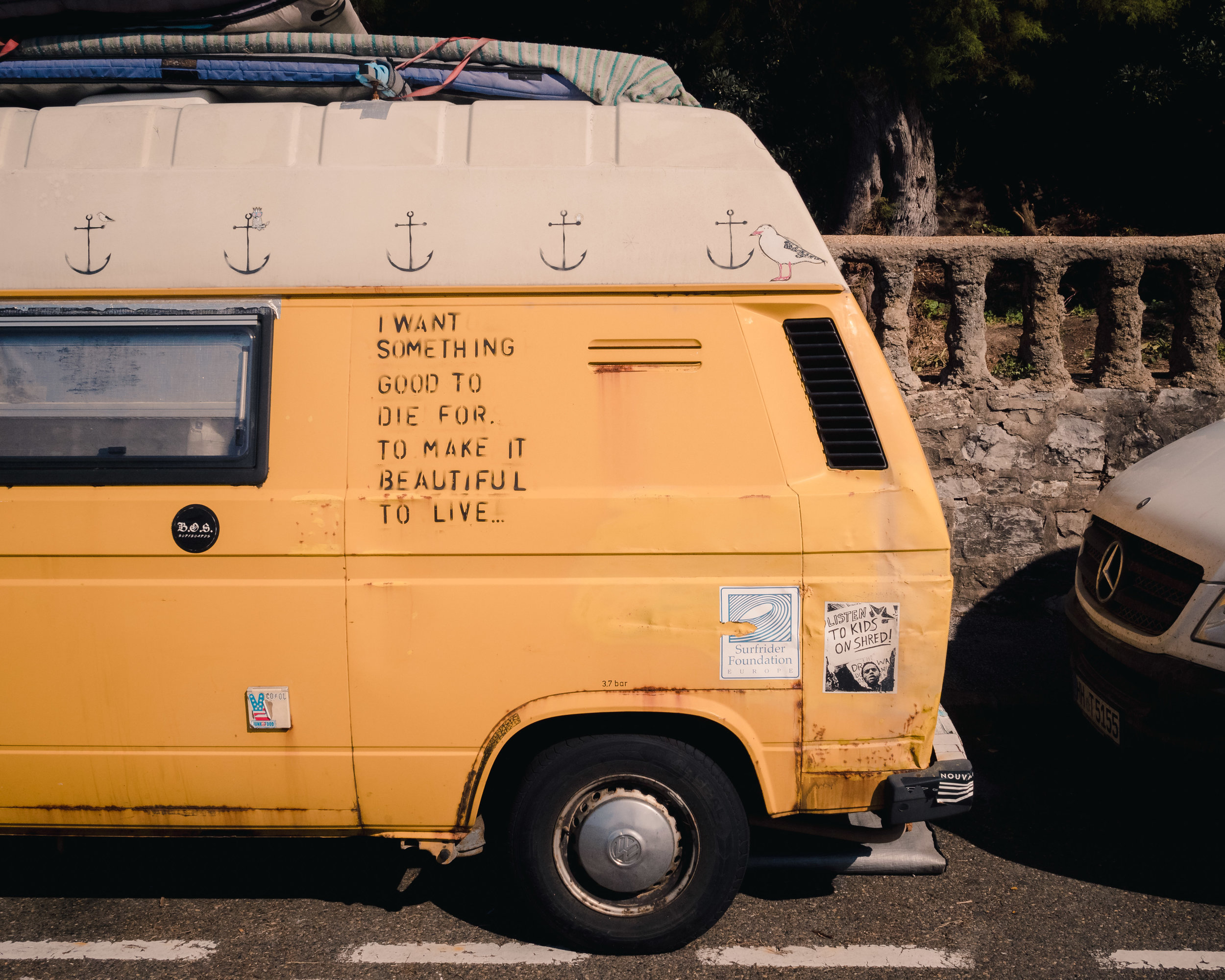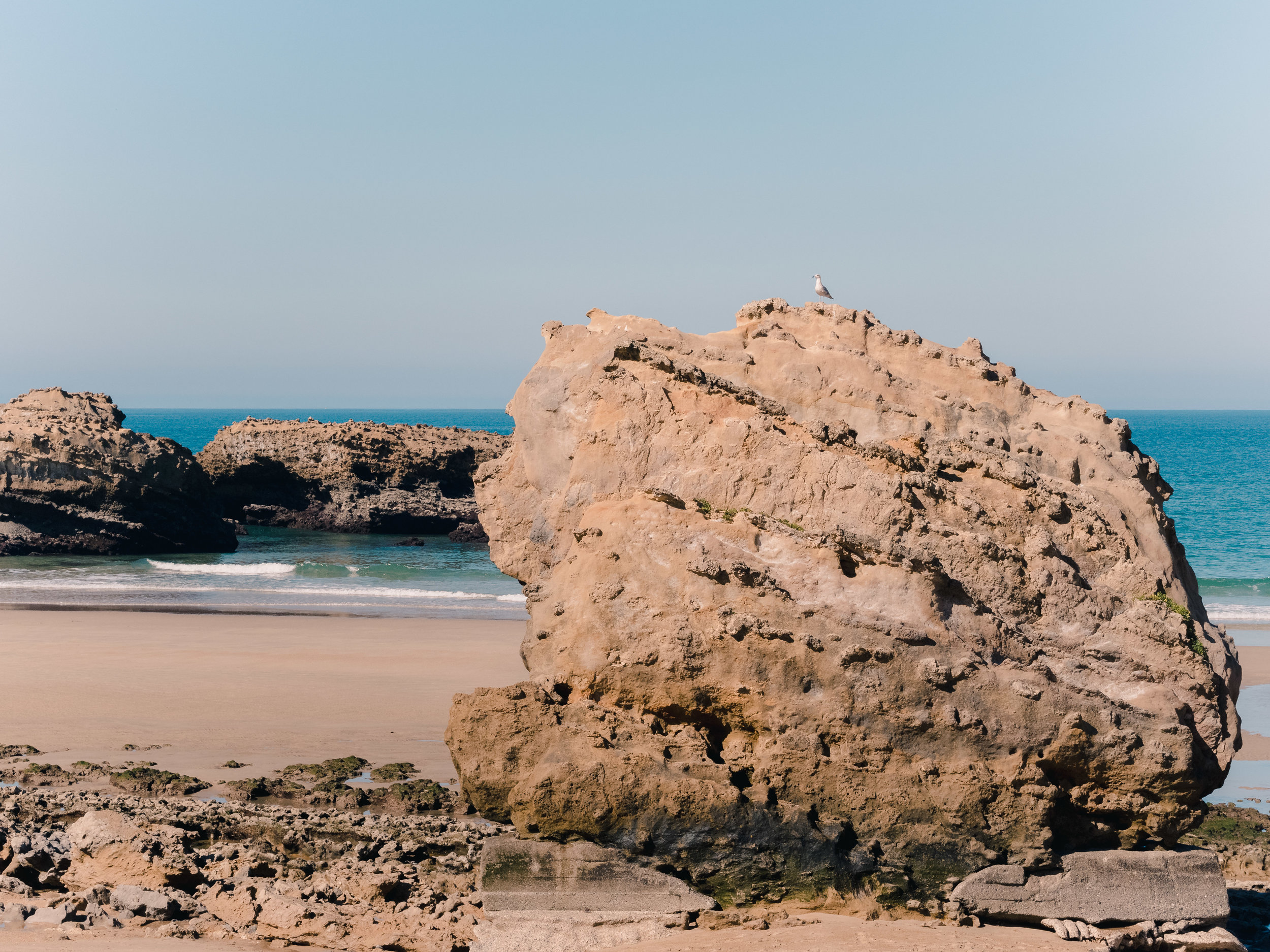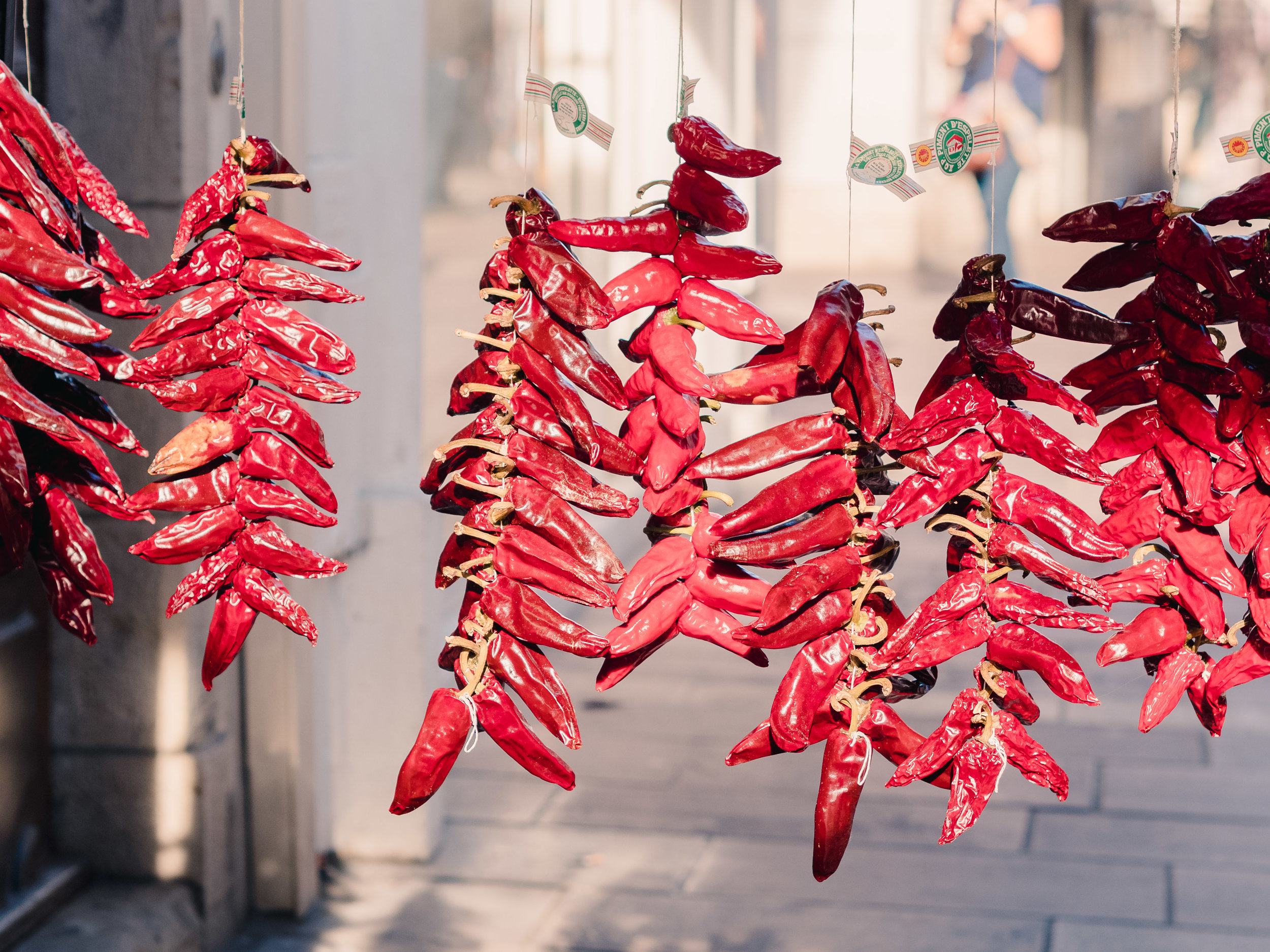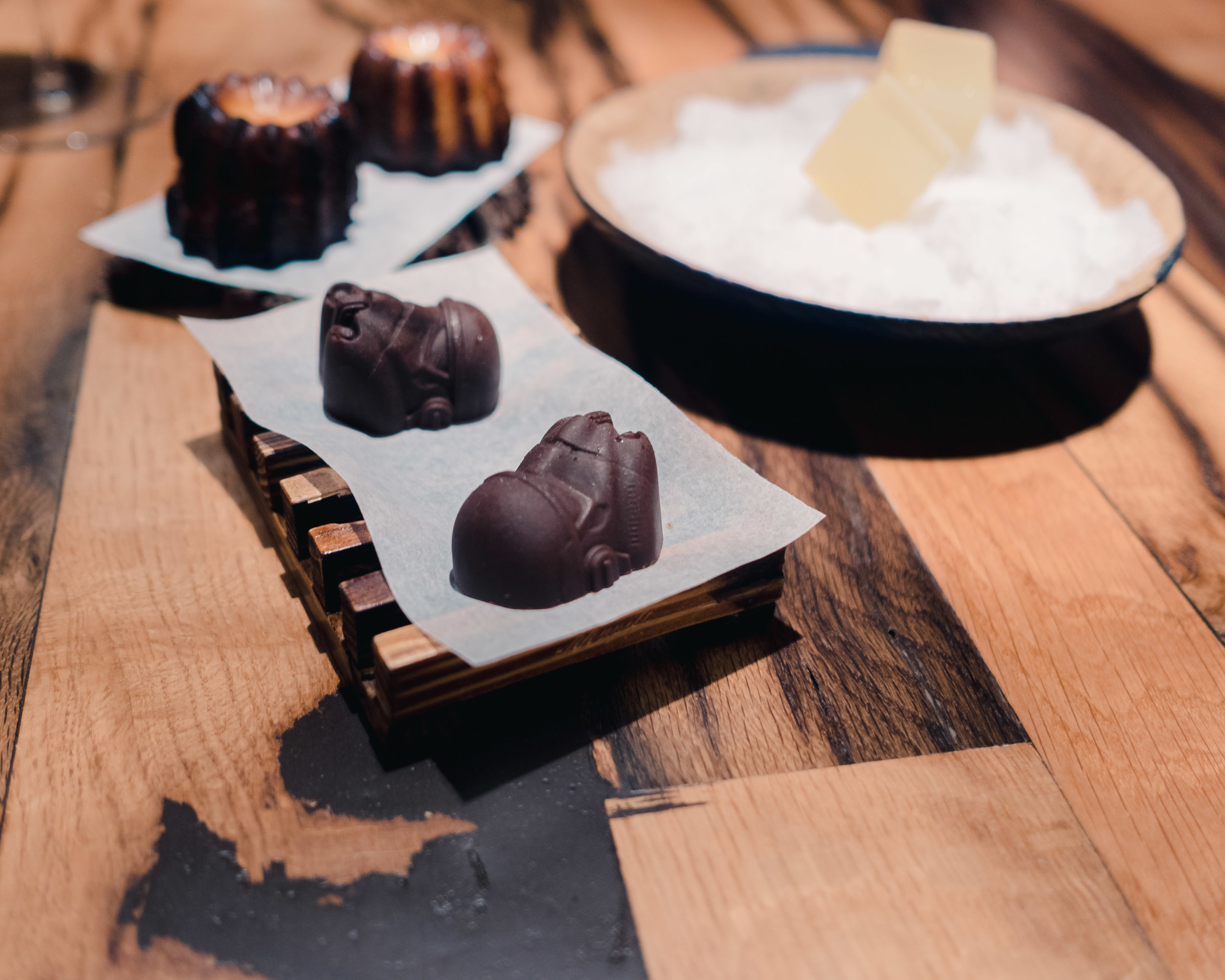Sometimes... You plan a camping trip in June, and its 93 degrees of sweaty summer heat. Sometimes you even get a thunderstorm on top of that. You leave Northern Virginia with a goal of catching sunset from Crescent Rock Overlook in Shenandoah National Park, but traffic delays arrival until well after the moon has risen. You wait for the night sky to reveal a wondrous starry night sky, only to have clouds roll in, obscuring the Milky Way. You plan to hike to up to the top of a mountain with some of your closest friends, but life gets in the way, and you're relegated to, "Wish I could, but some other time guys!" You aim to build, "the biggest fire the North has ever seen," but run out of dry firewood by 9 o'clock, and end up cold in the dark.
But this time... The campfire burned through the night. We shared laughs over a picnic from a summit with an incredible view. The clouds part, and the Milky Way shows itself to the naked eye. Traffic eased enough to allow us to see all of sunset's beautiful colors in the valley below. Days of humidity melt away, and we were left with a perfect weekend in June.








